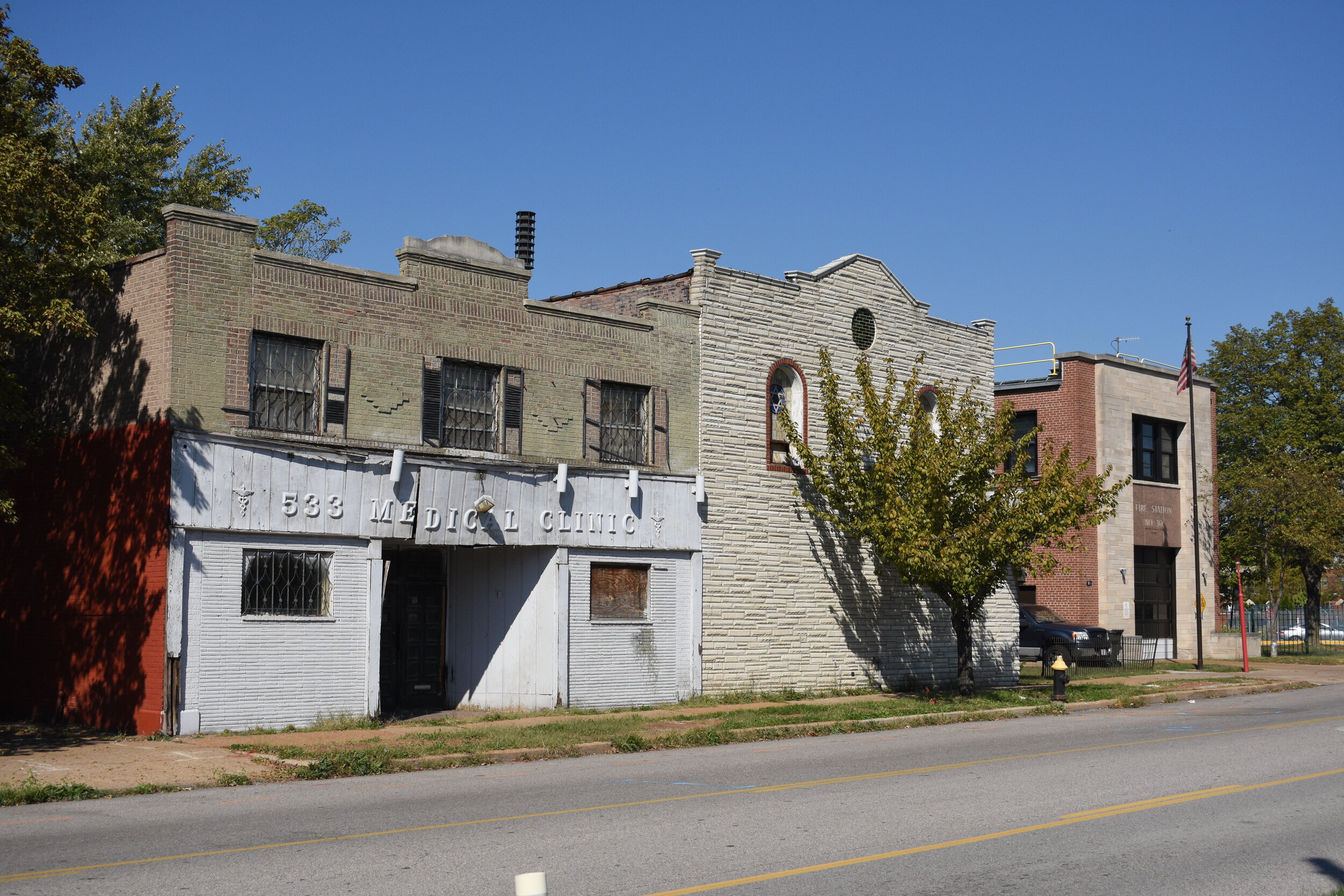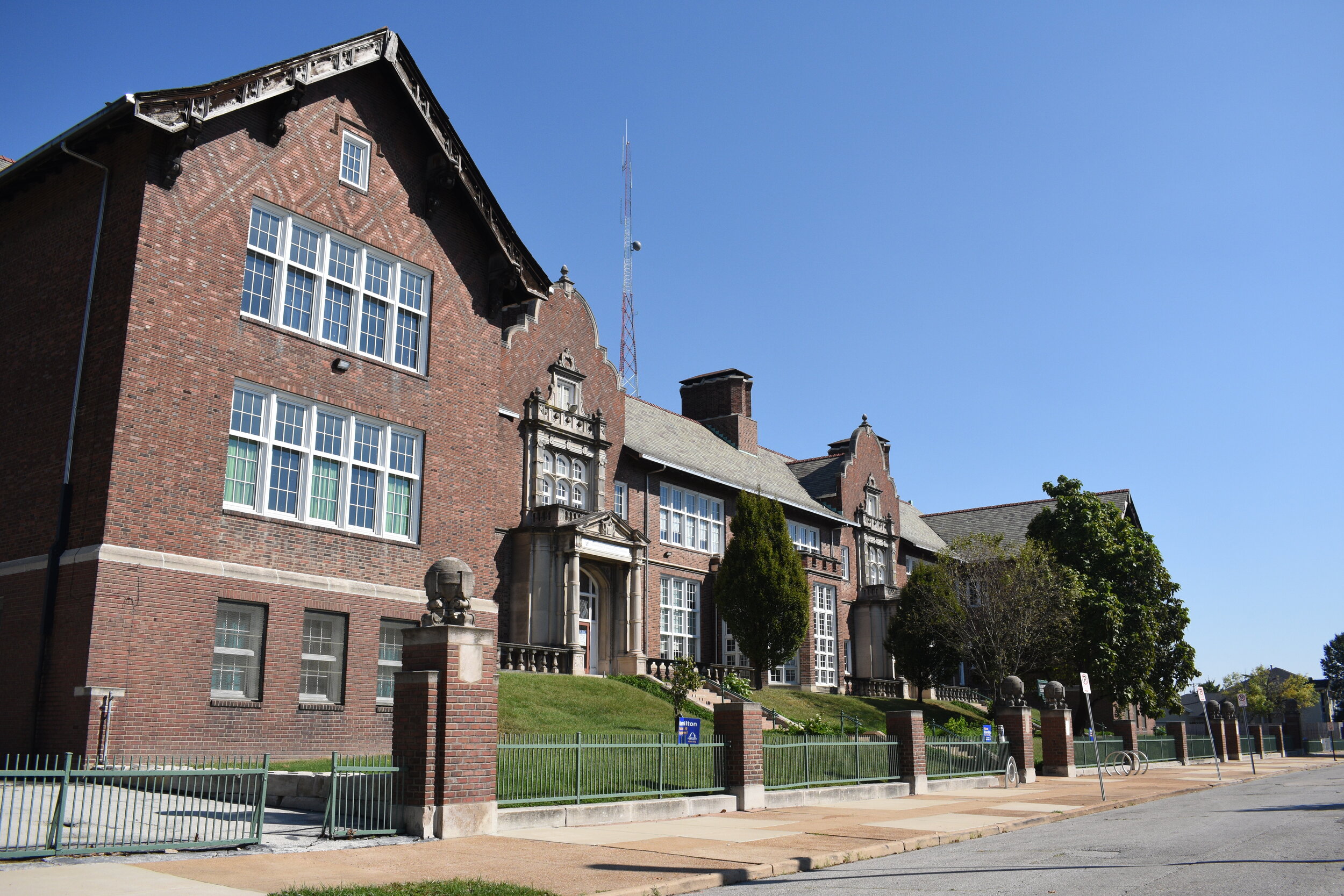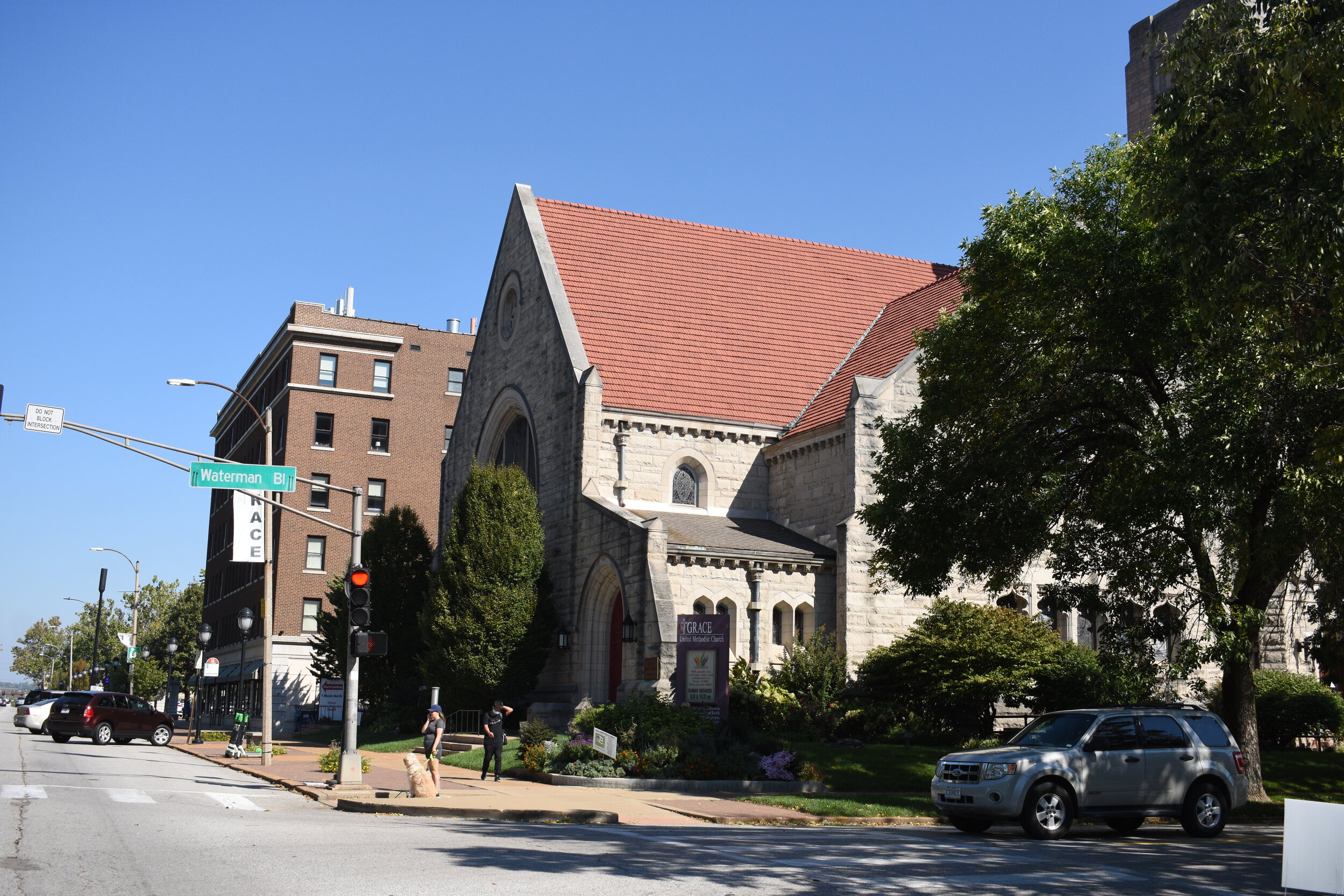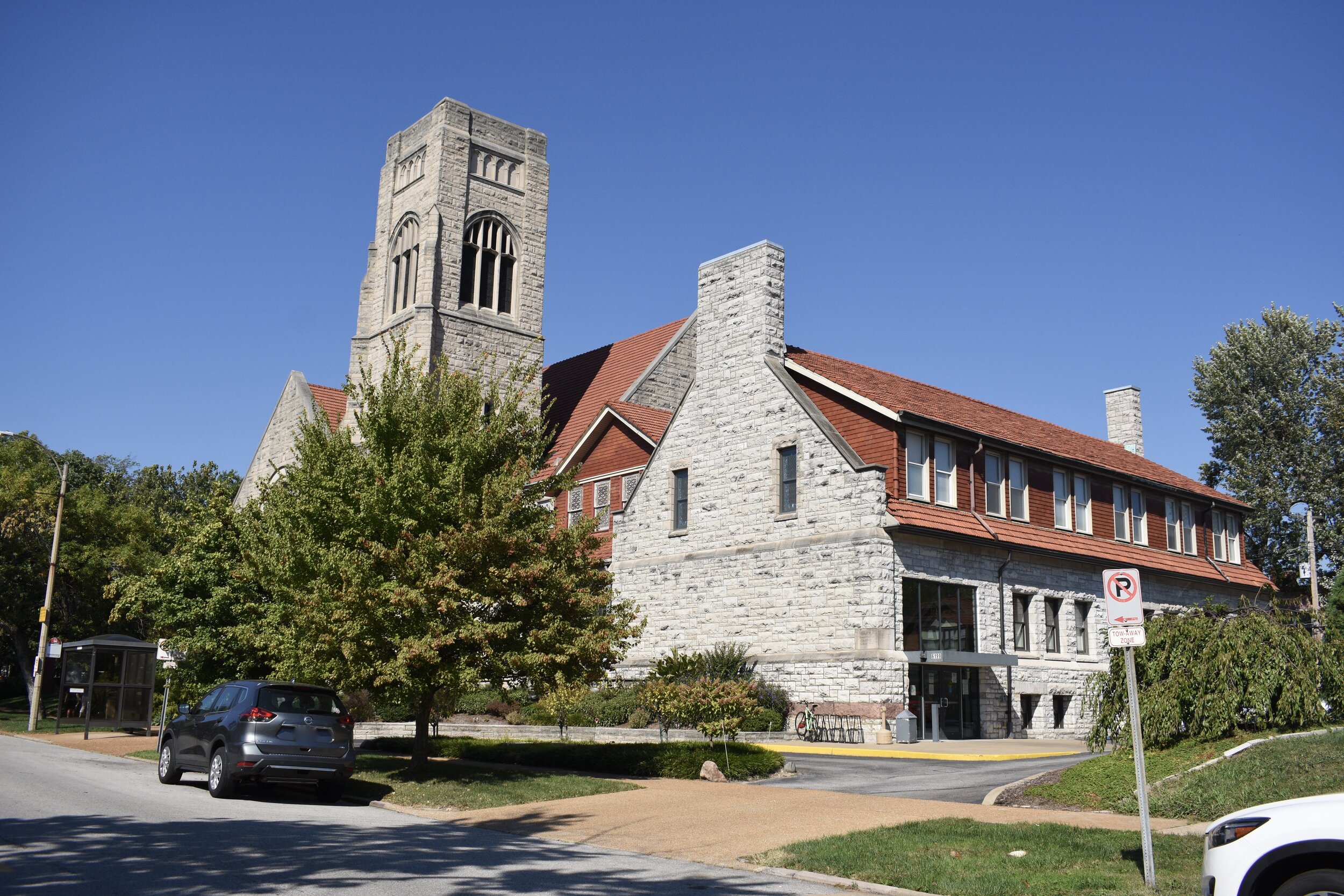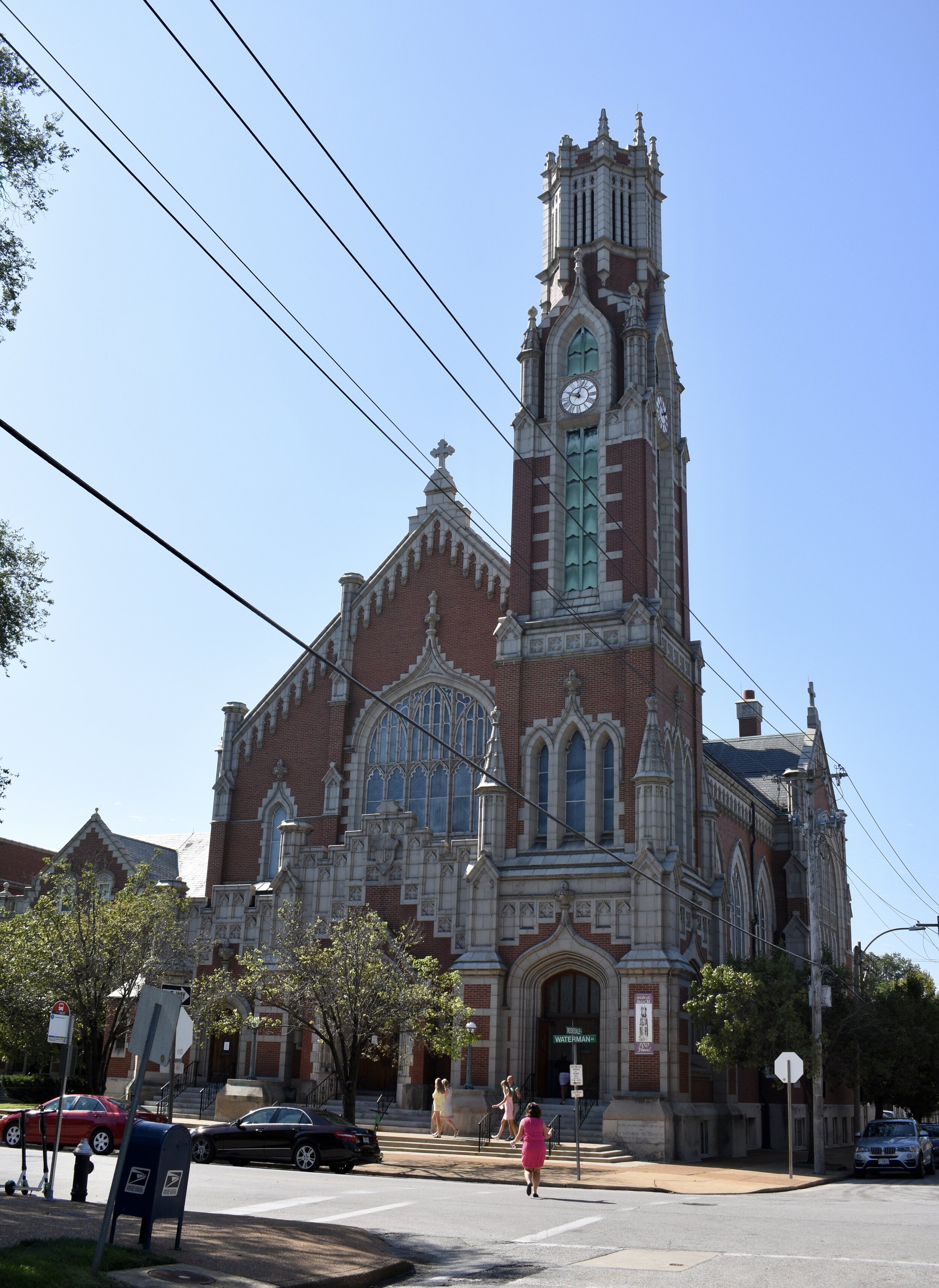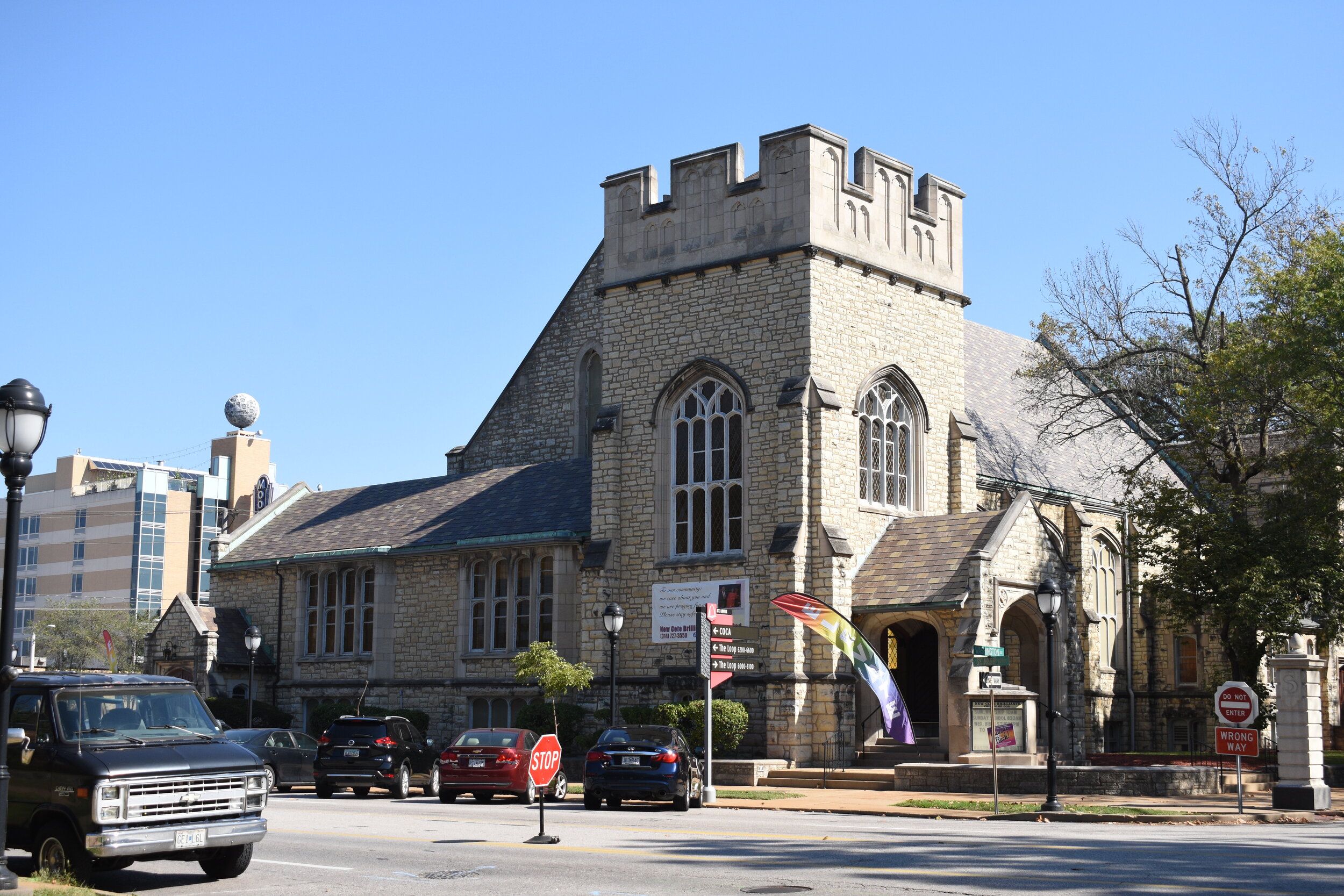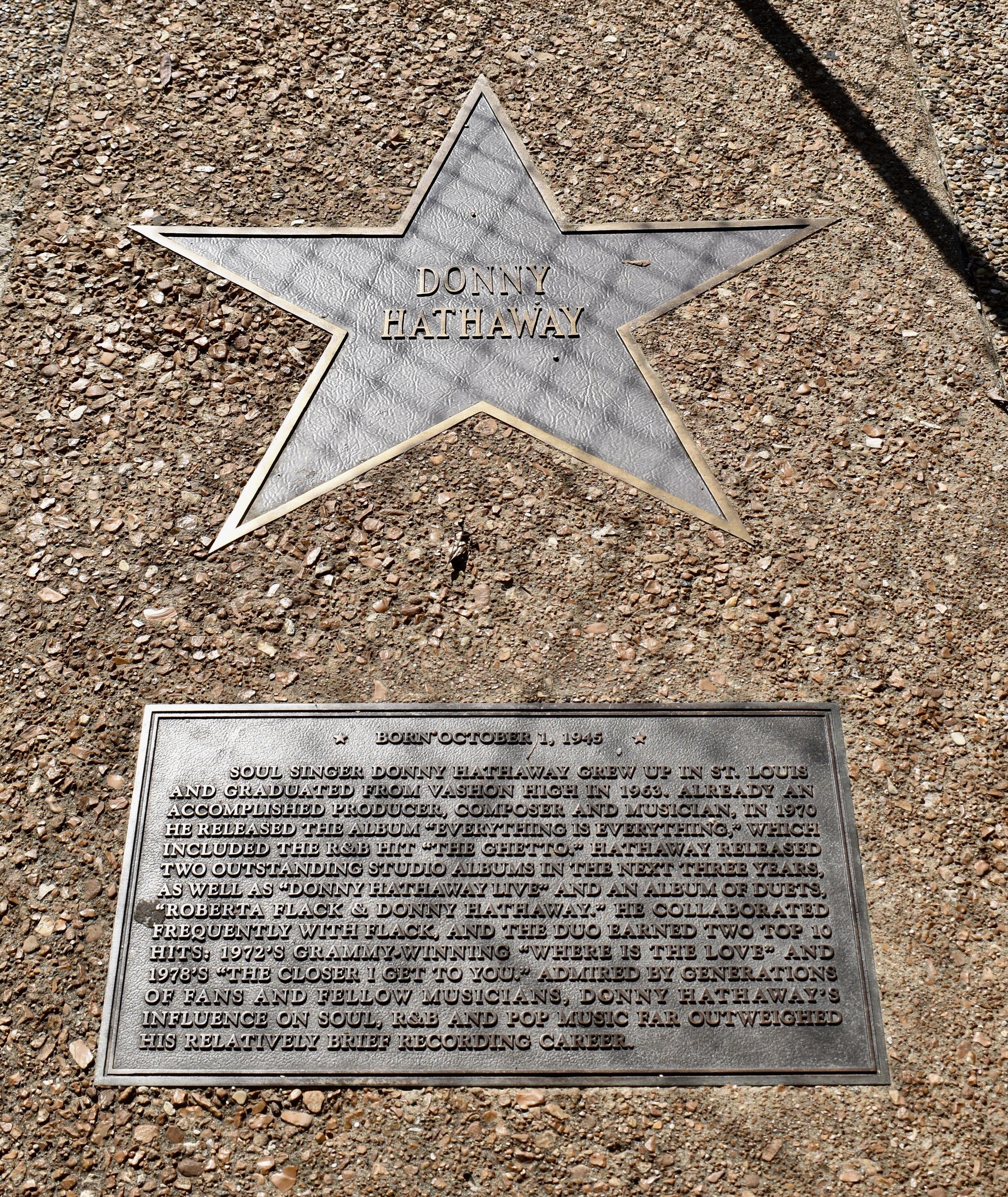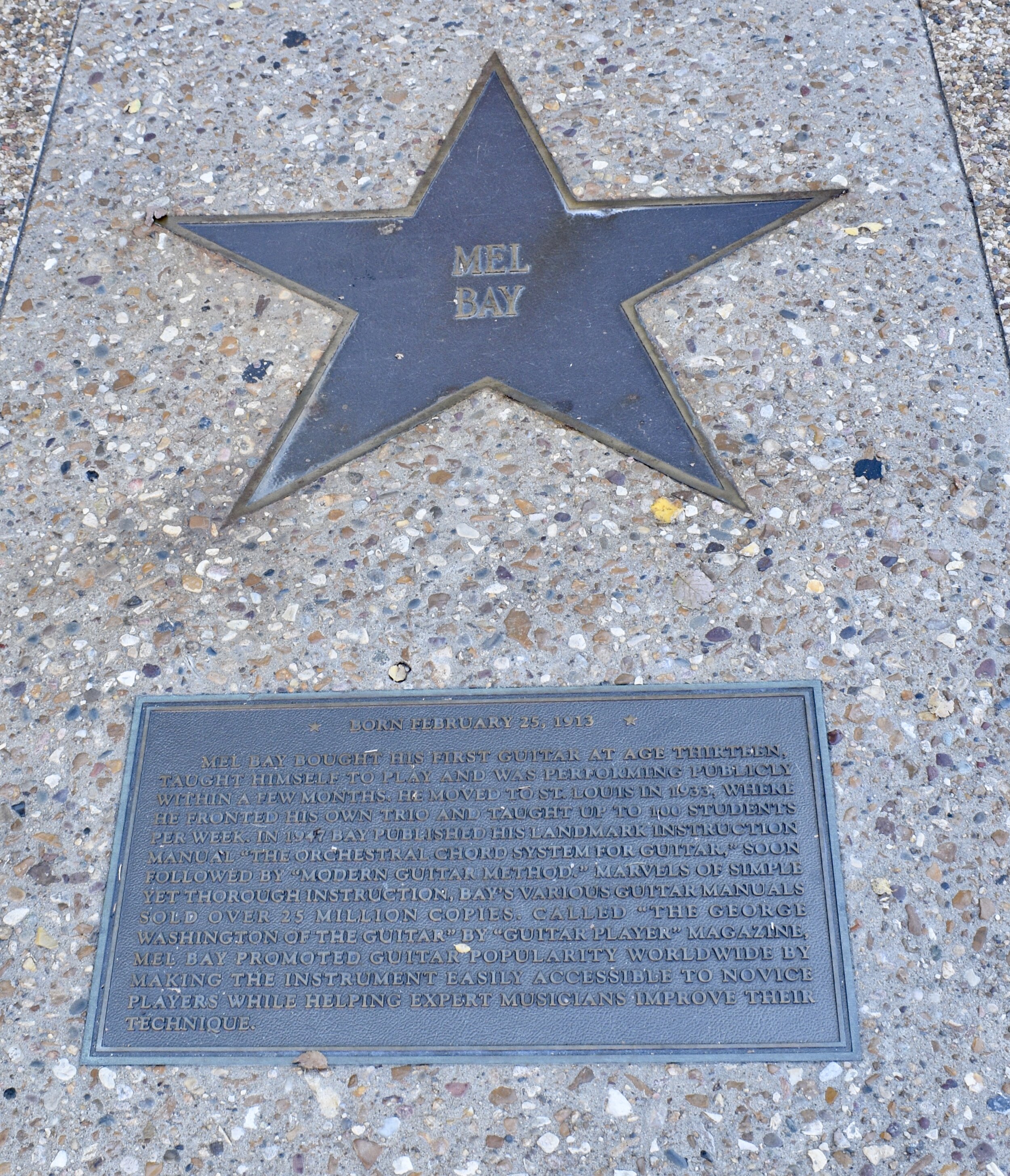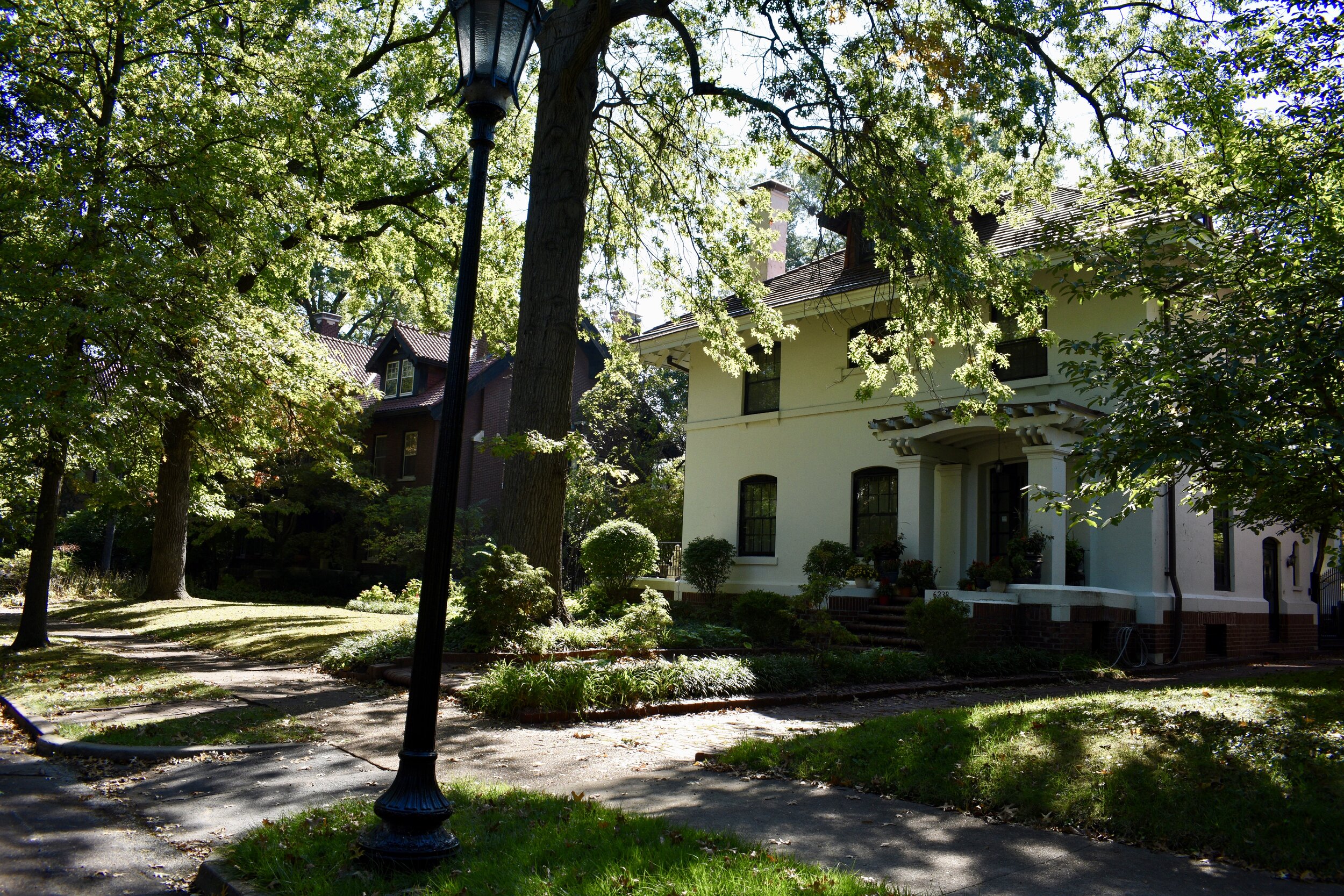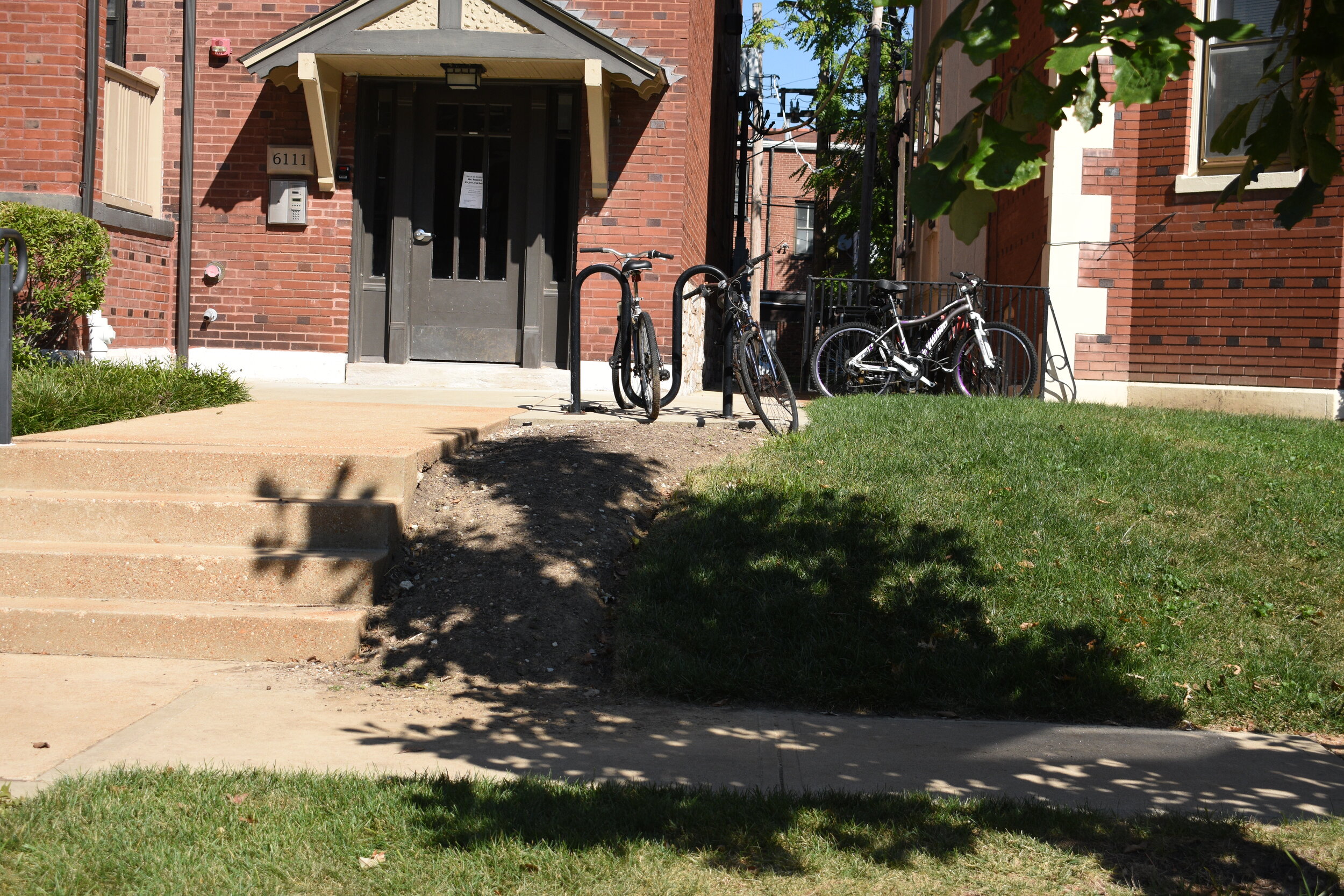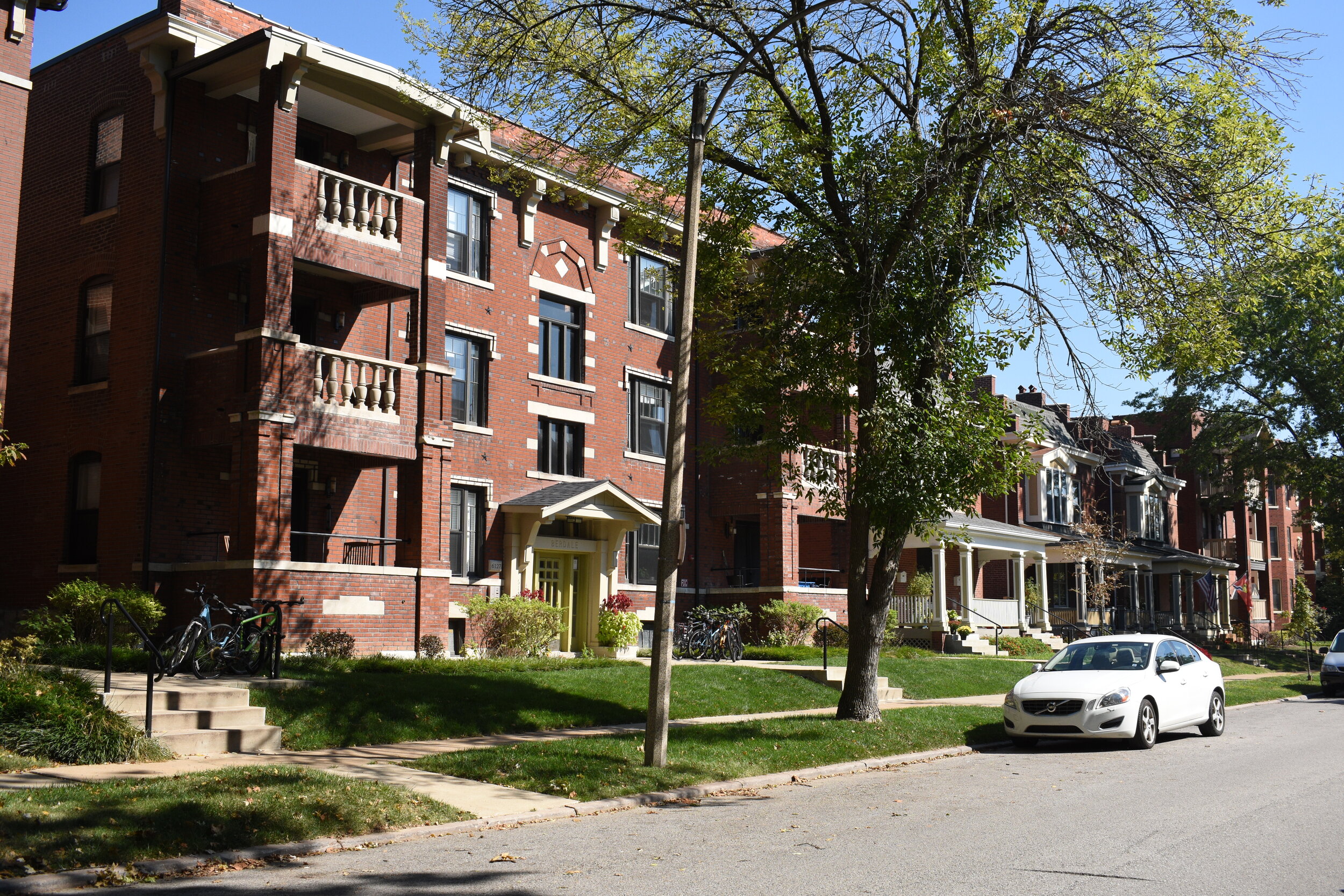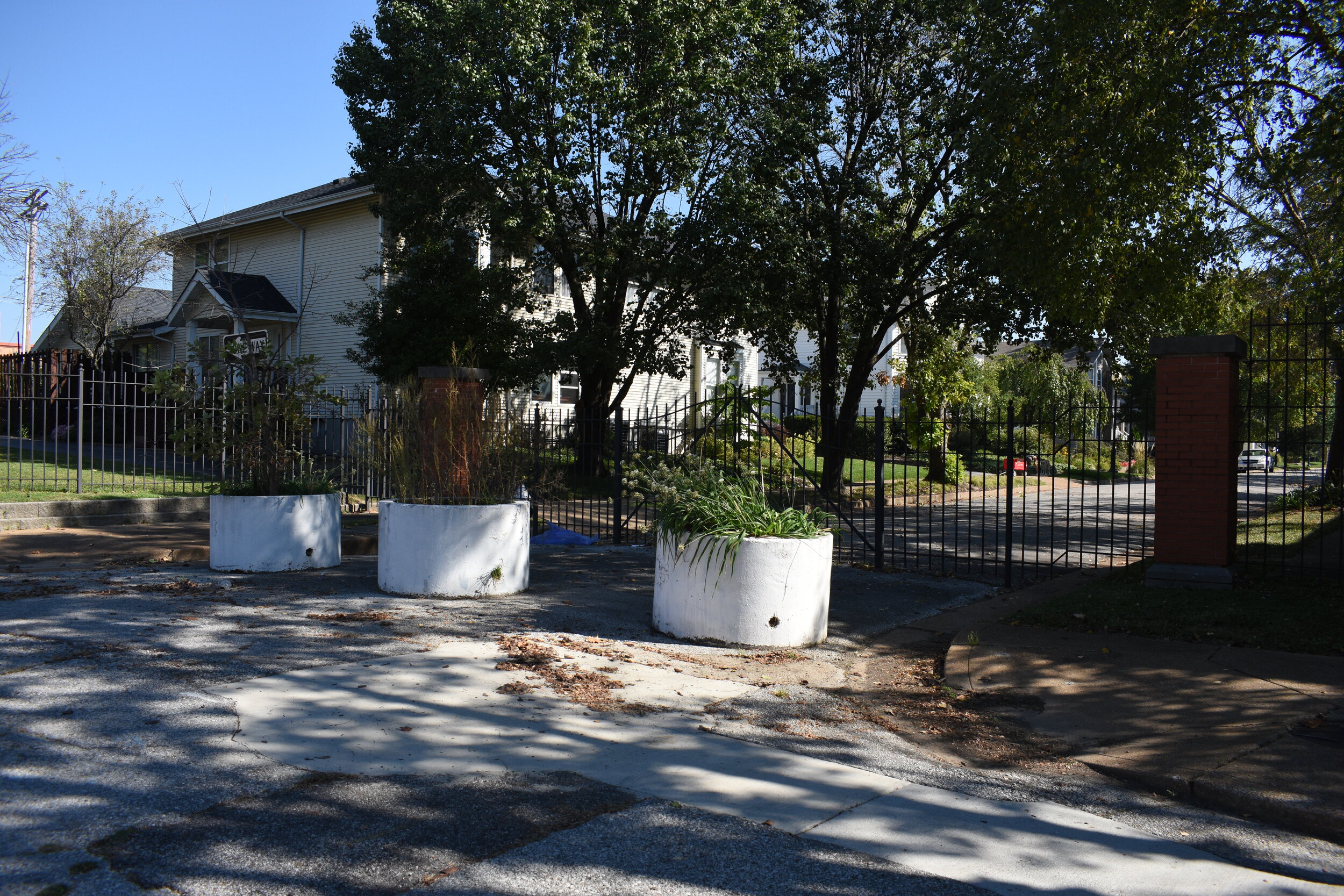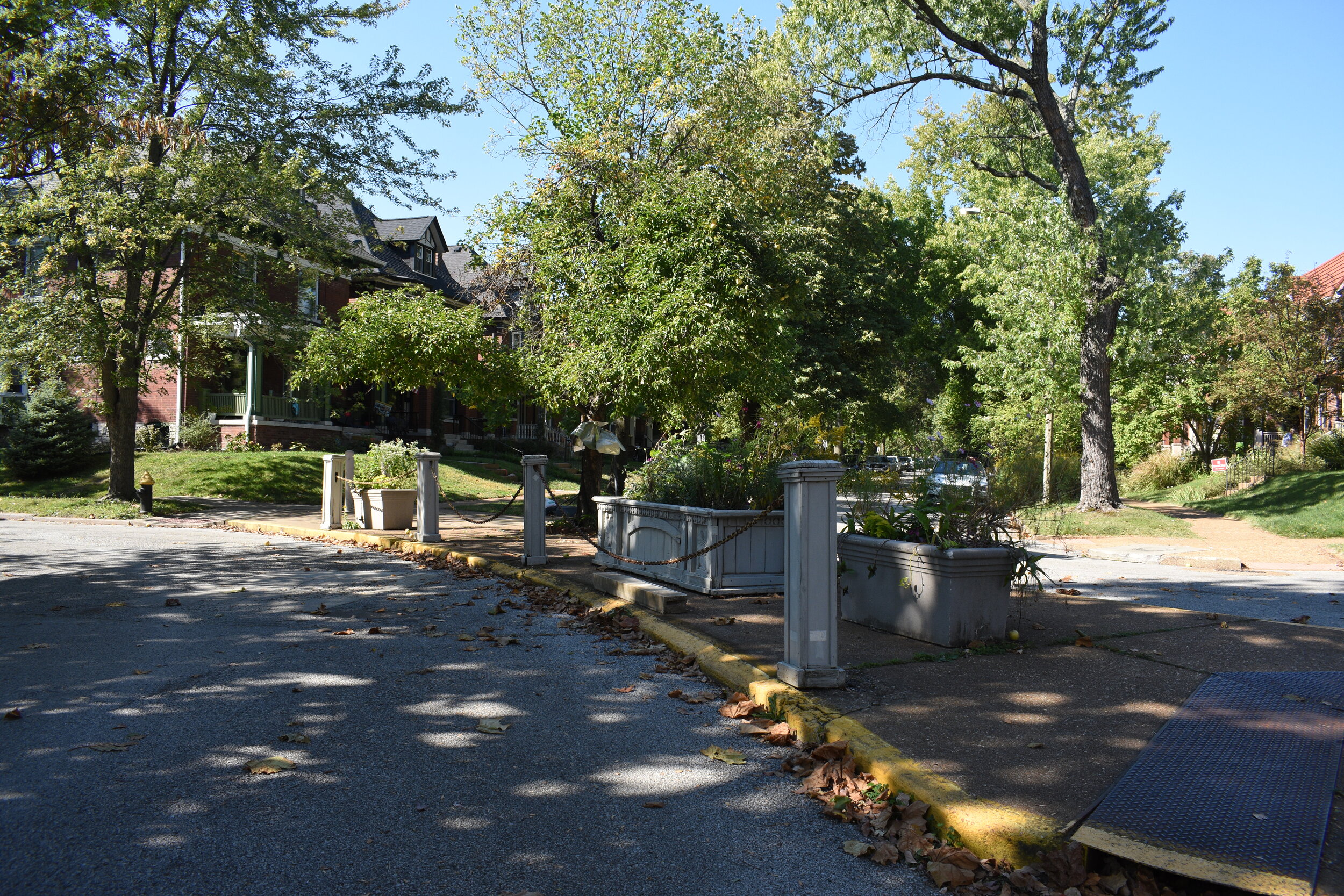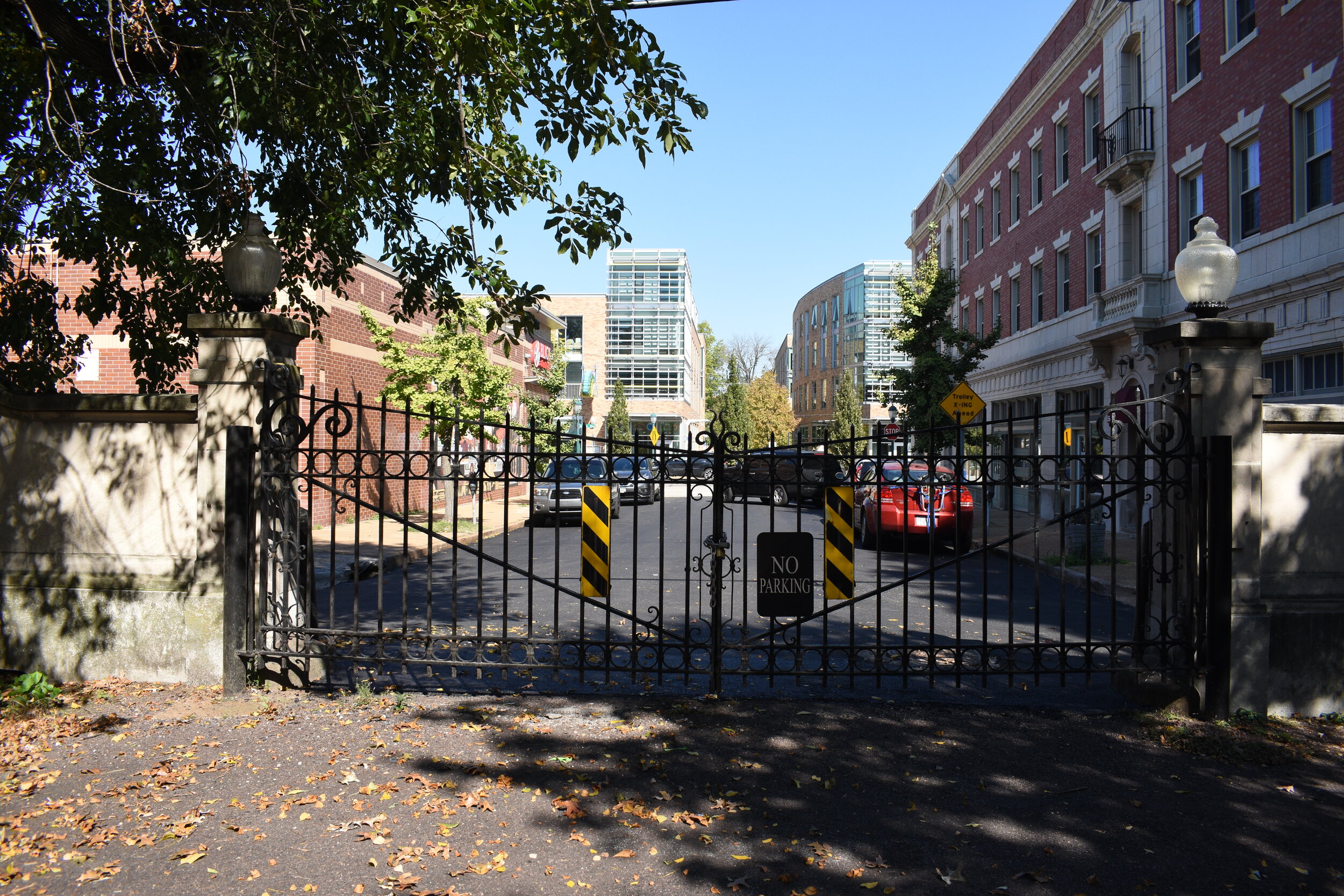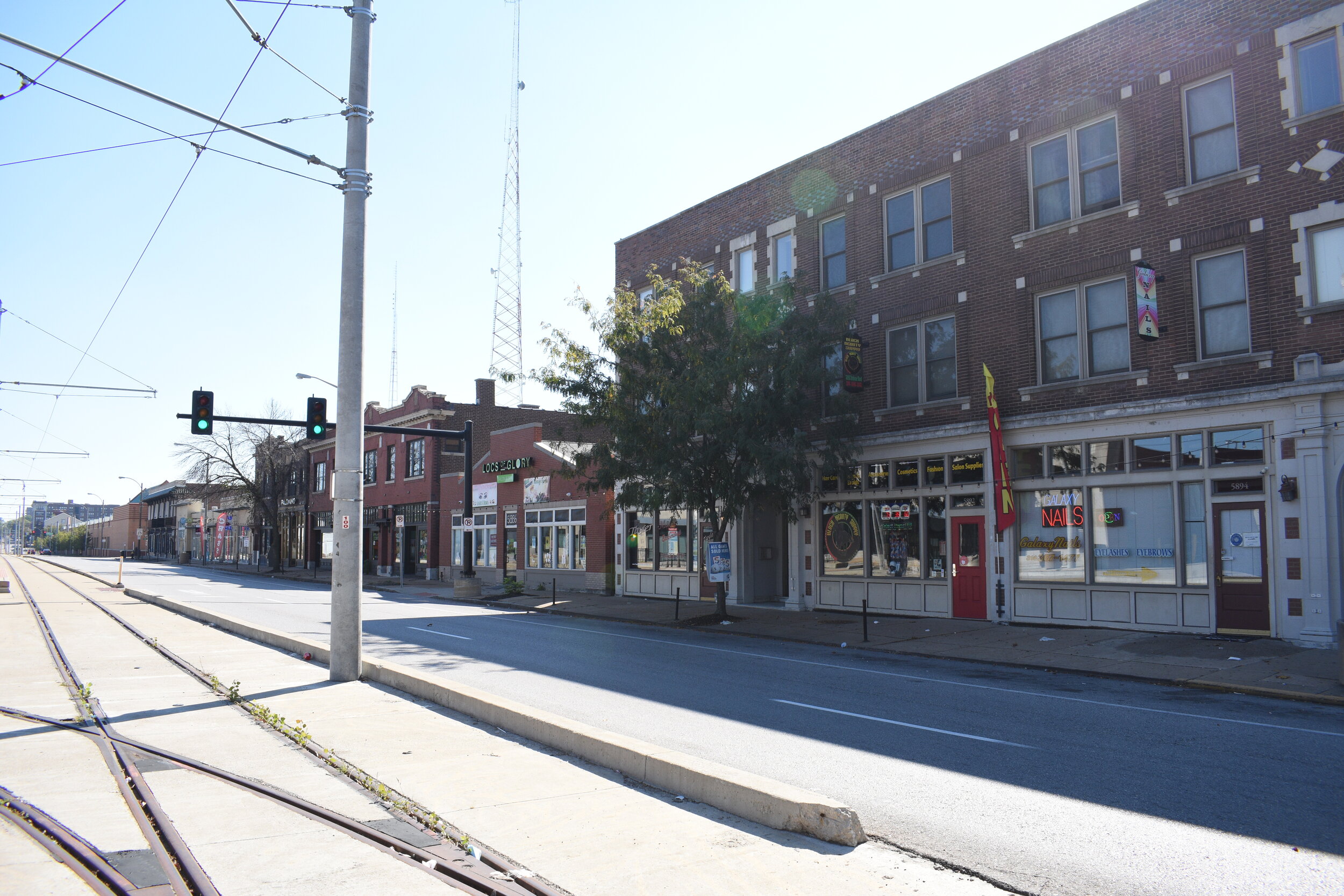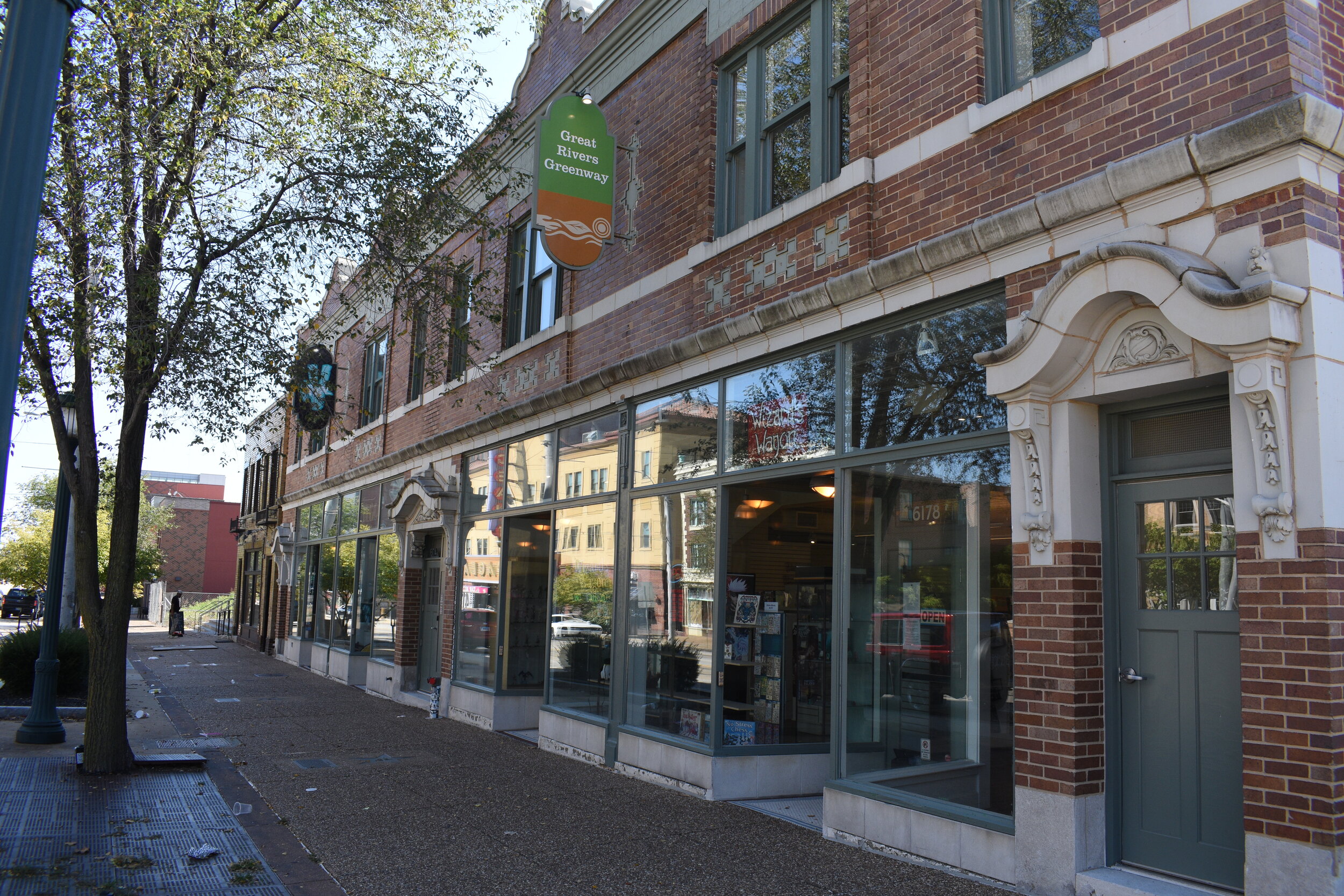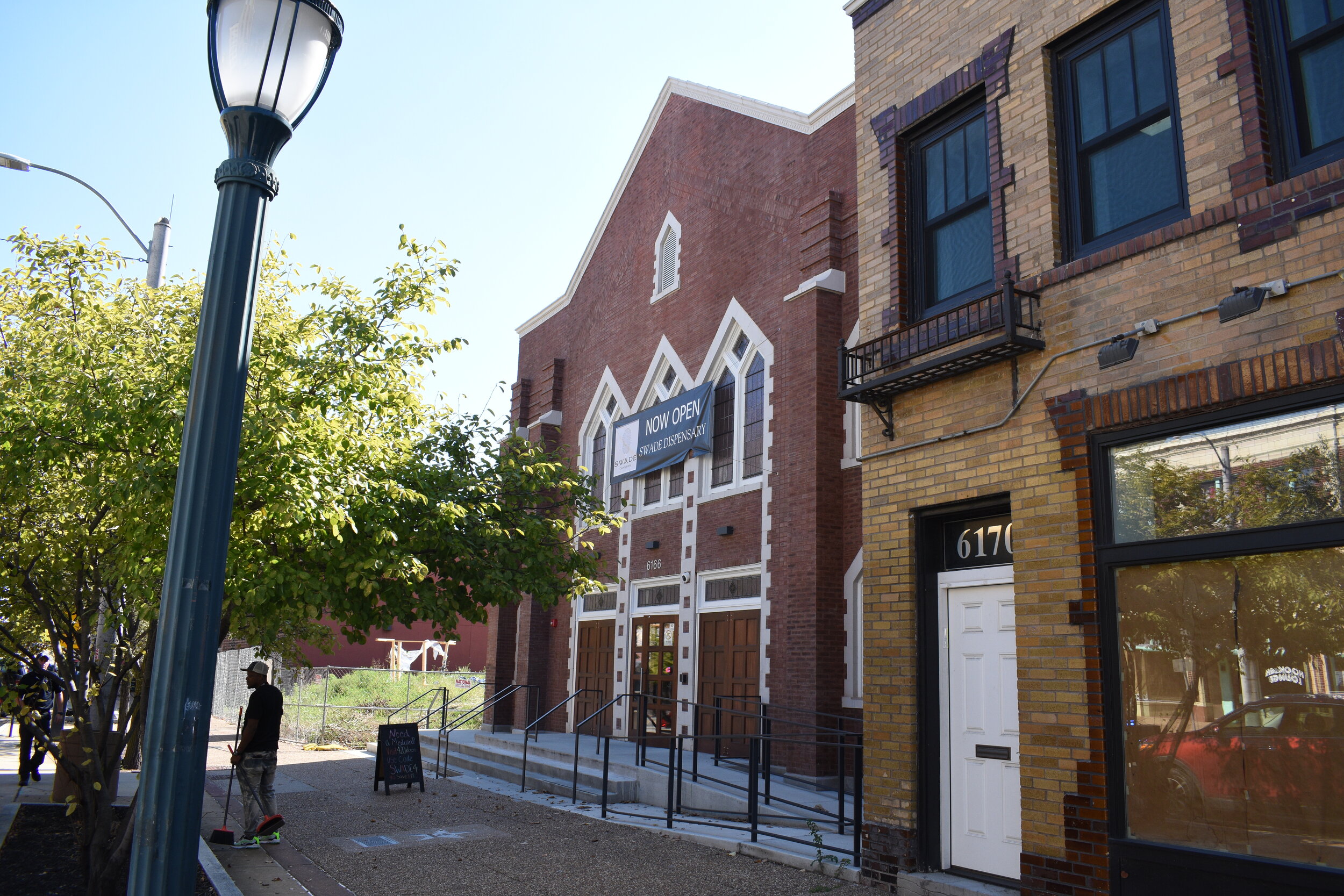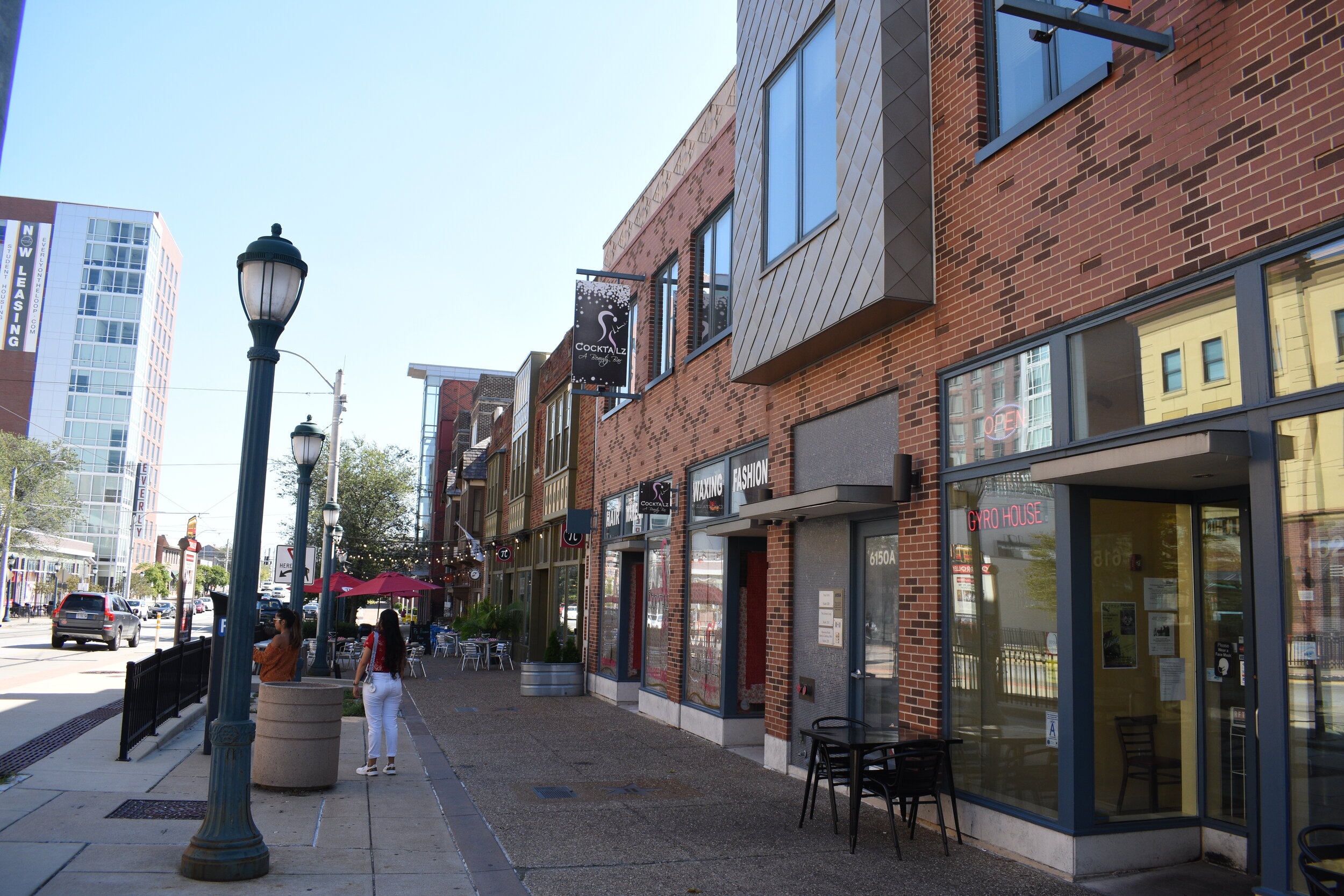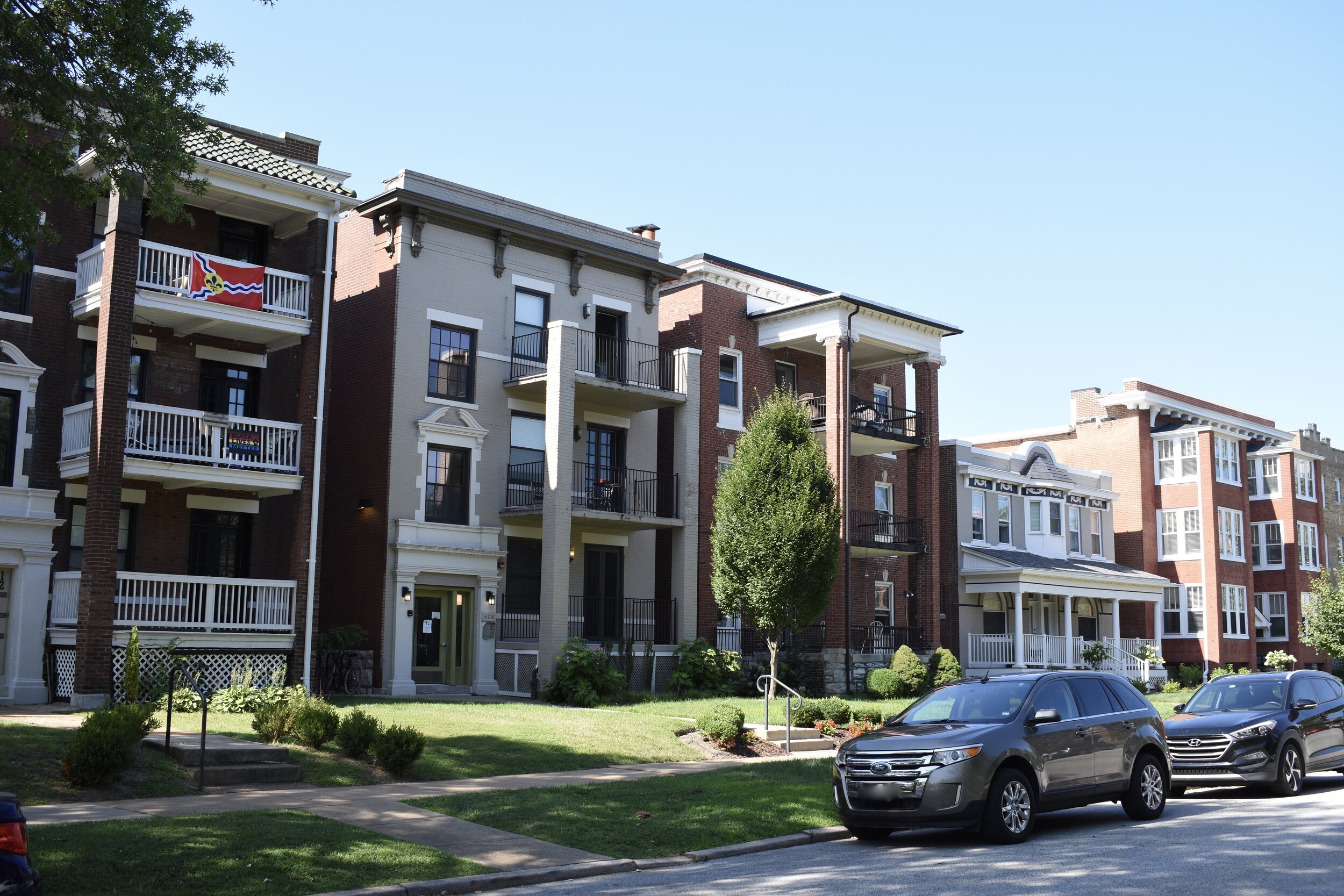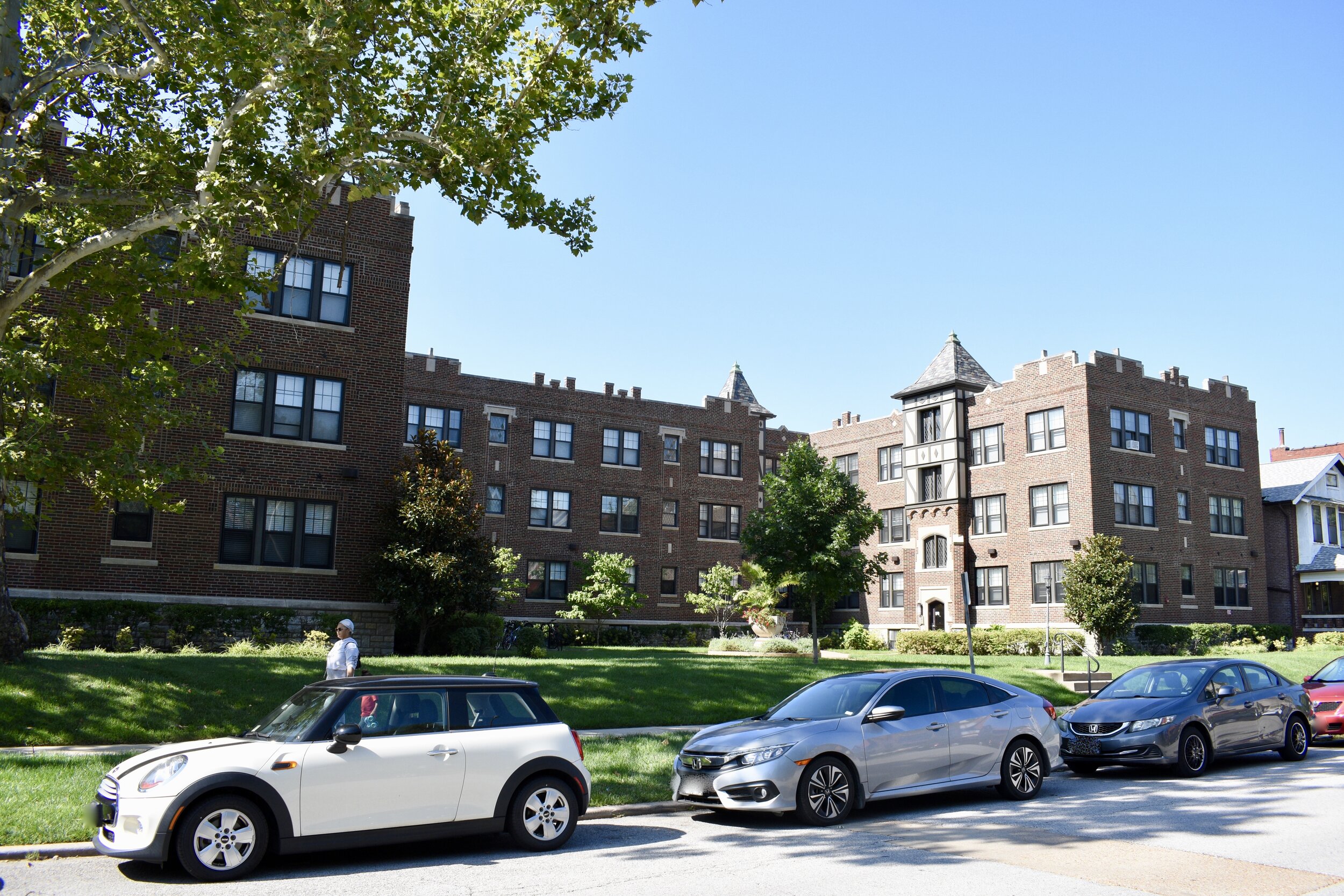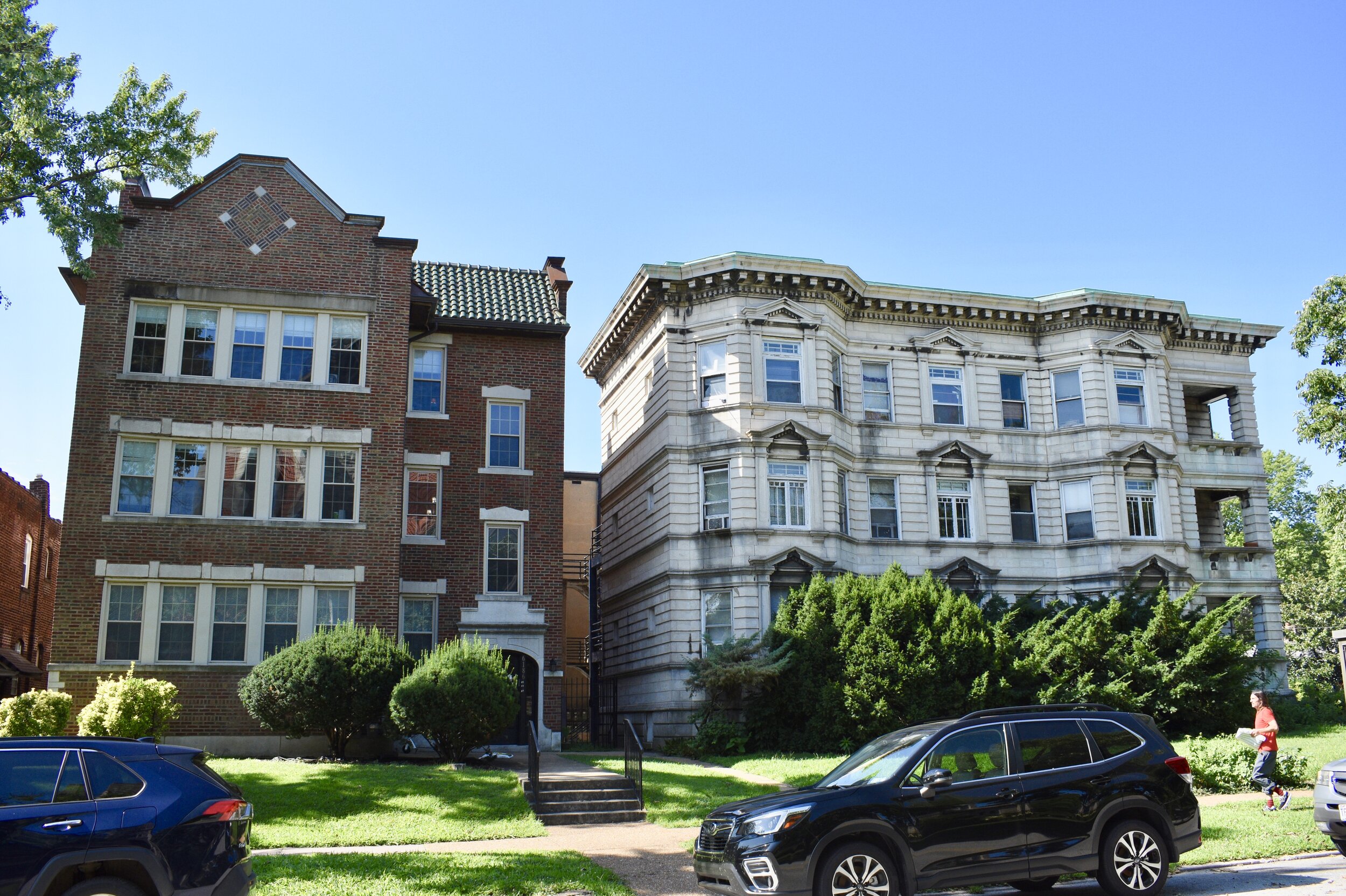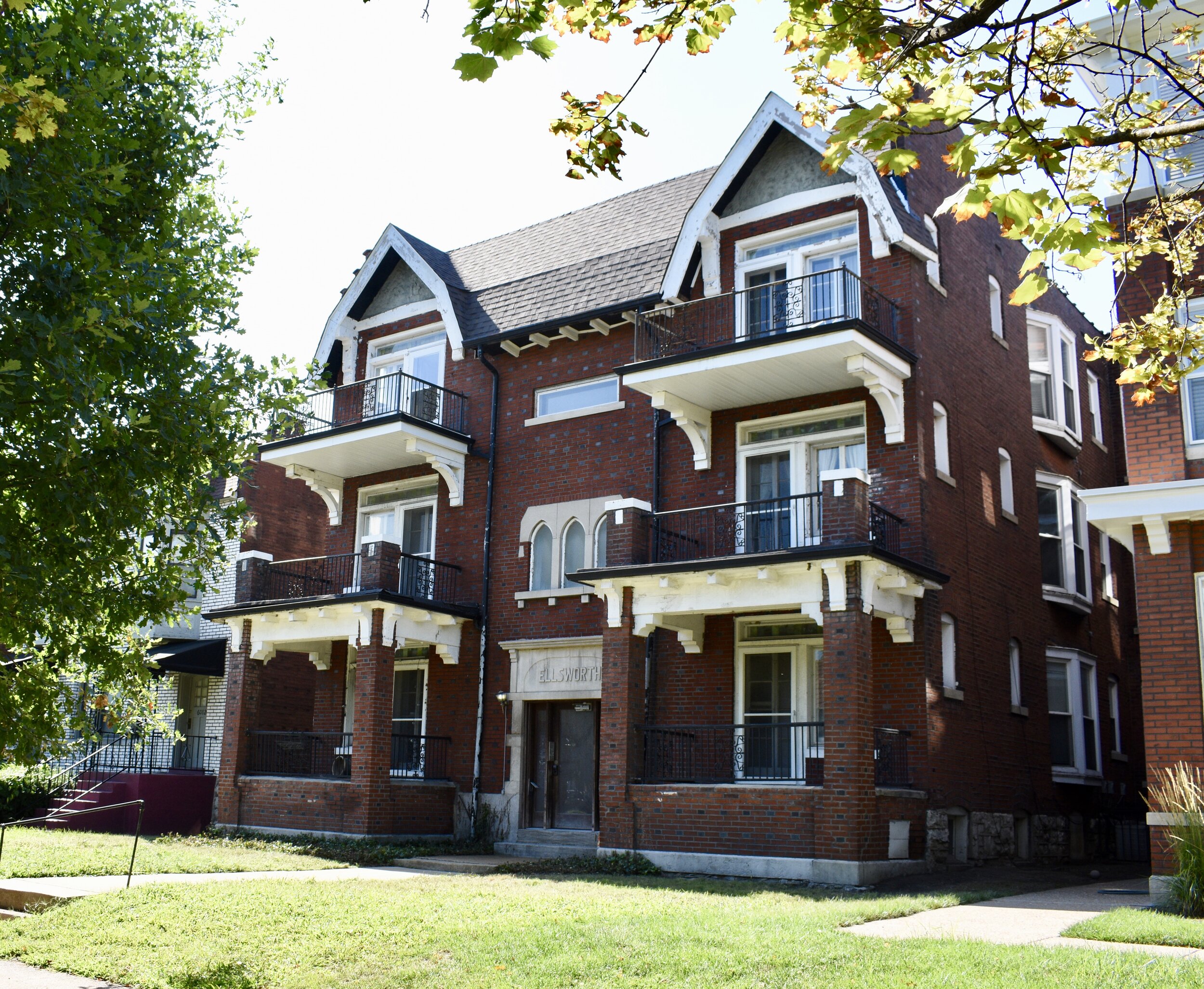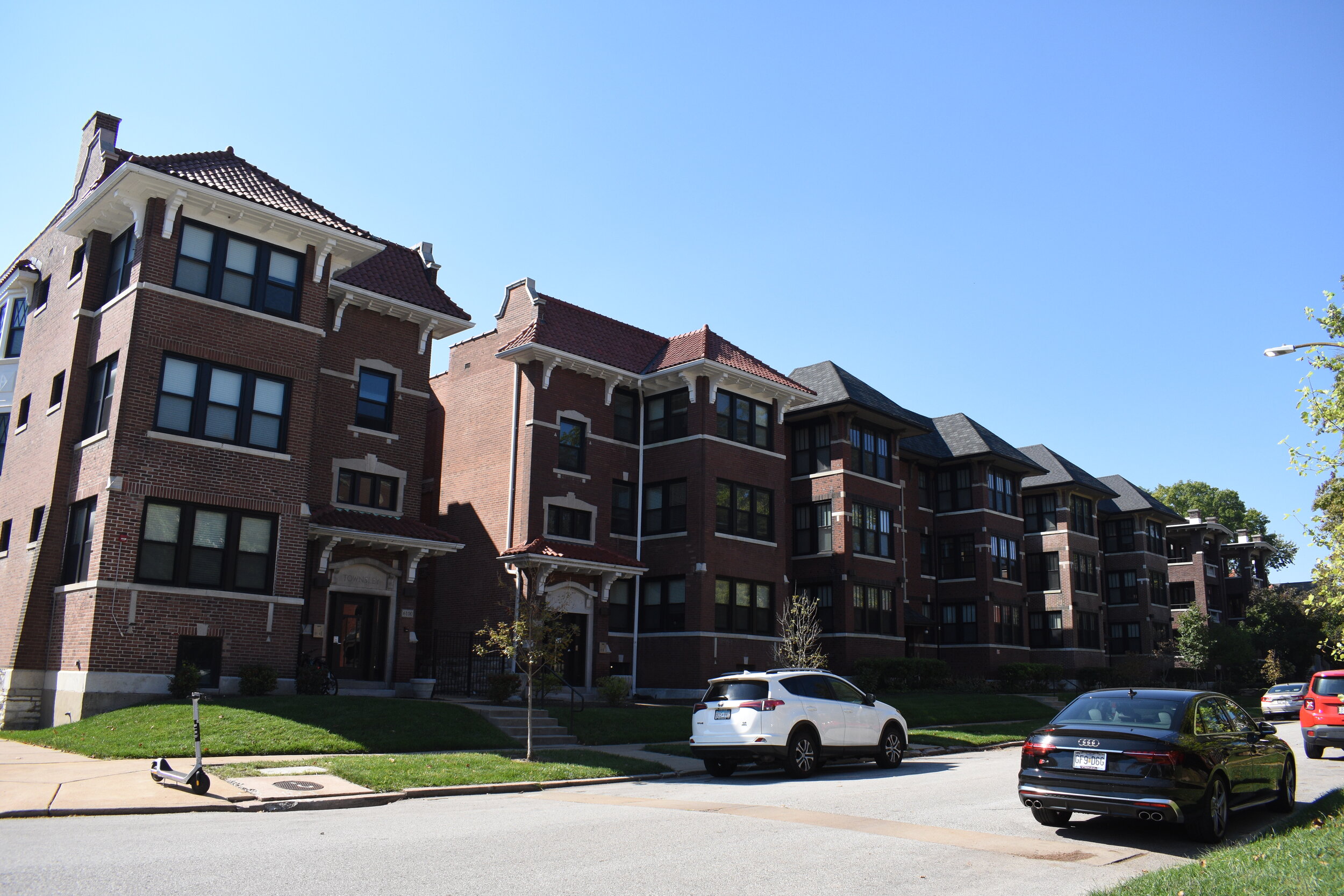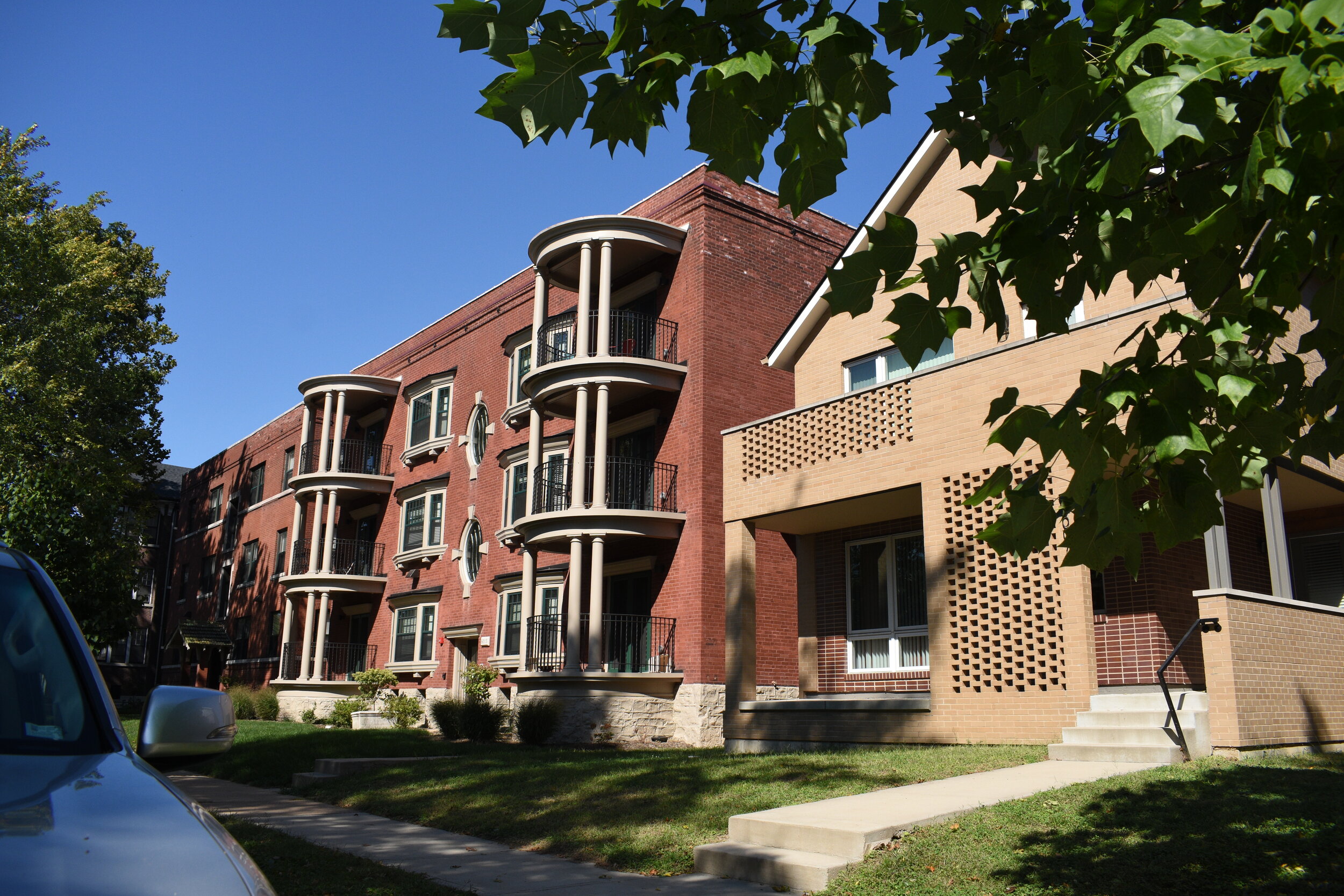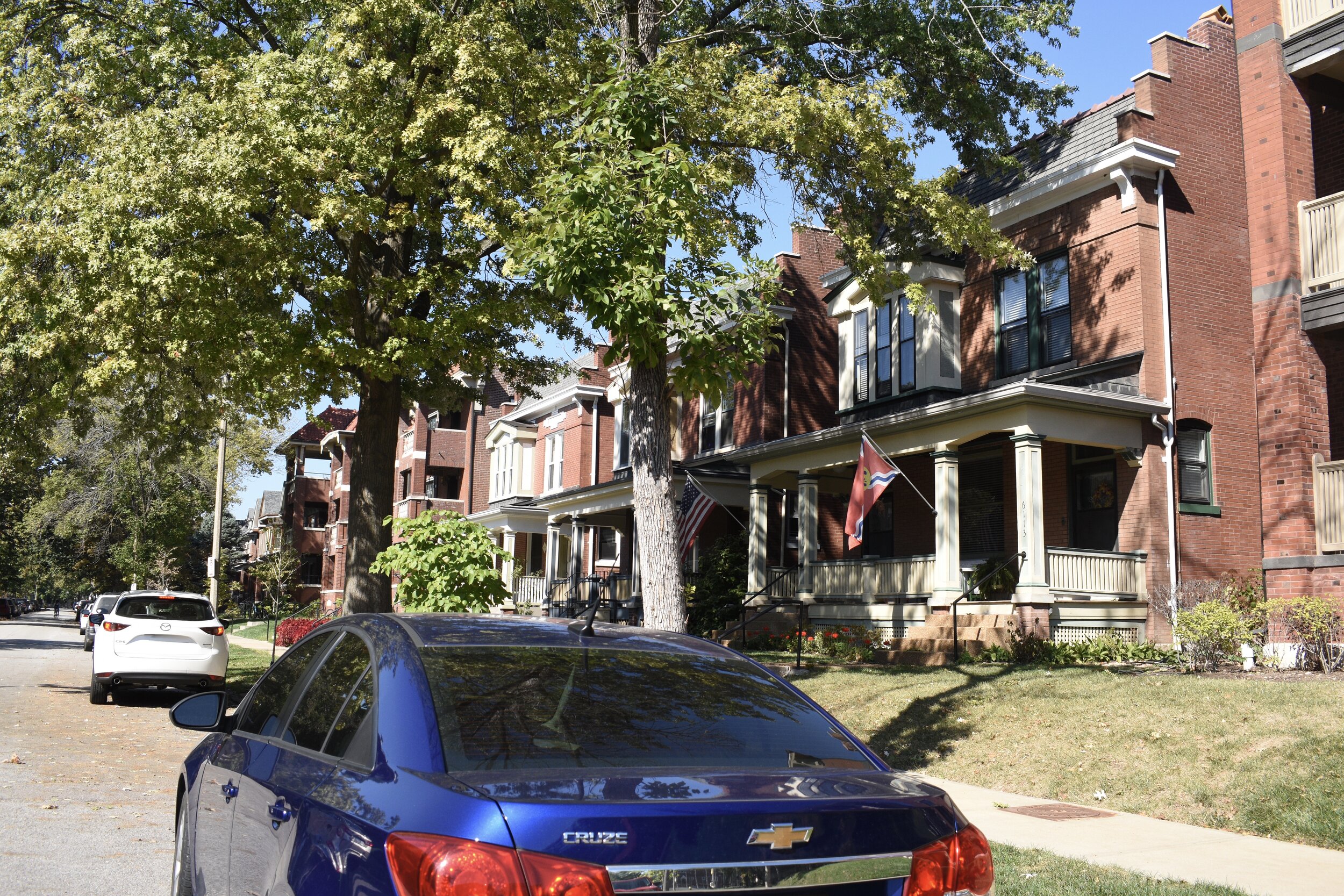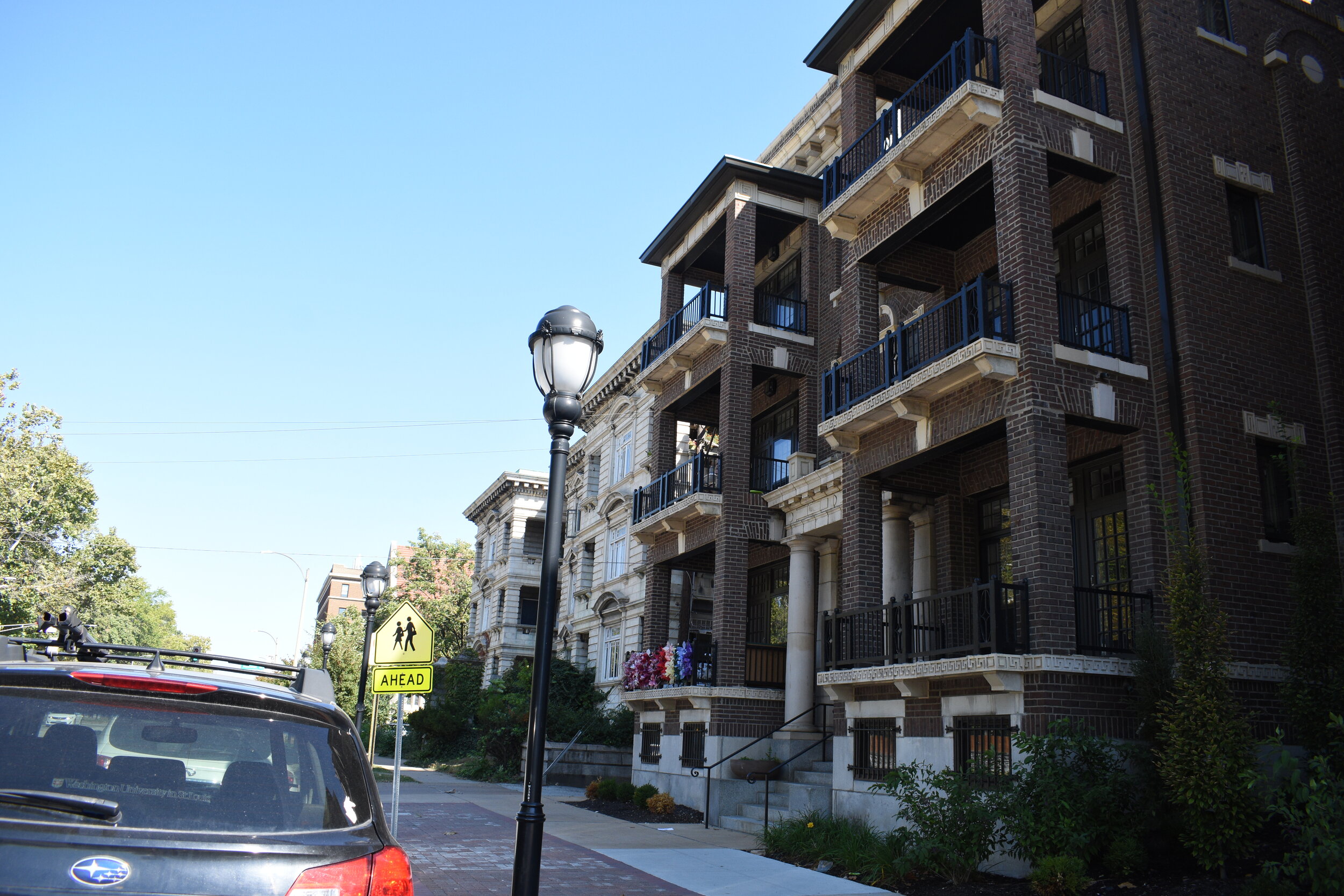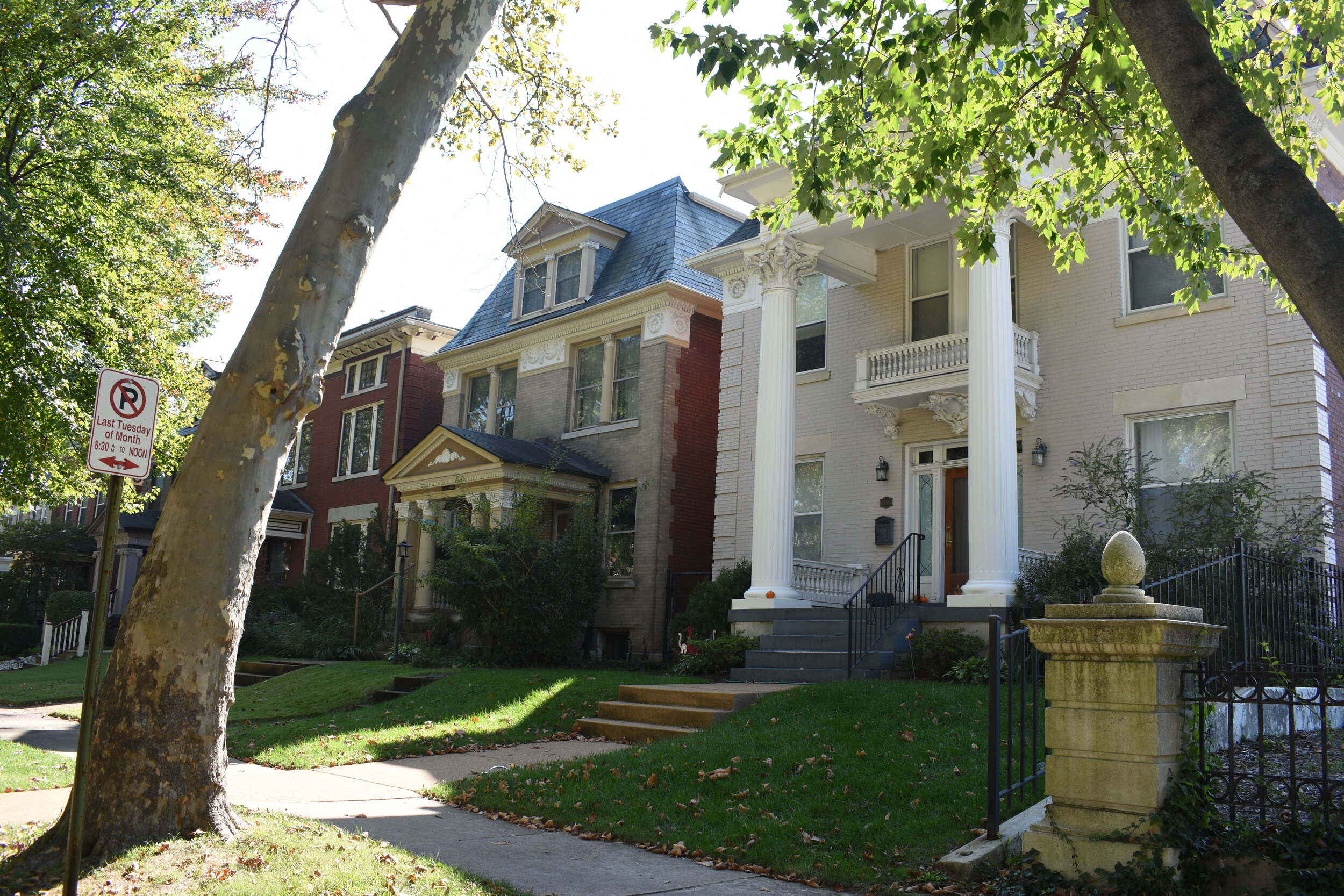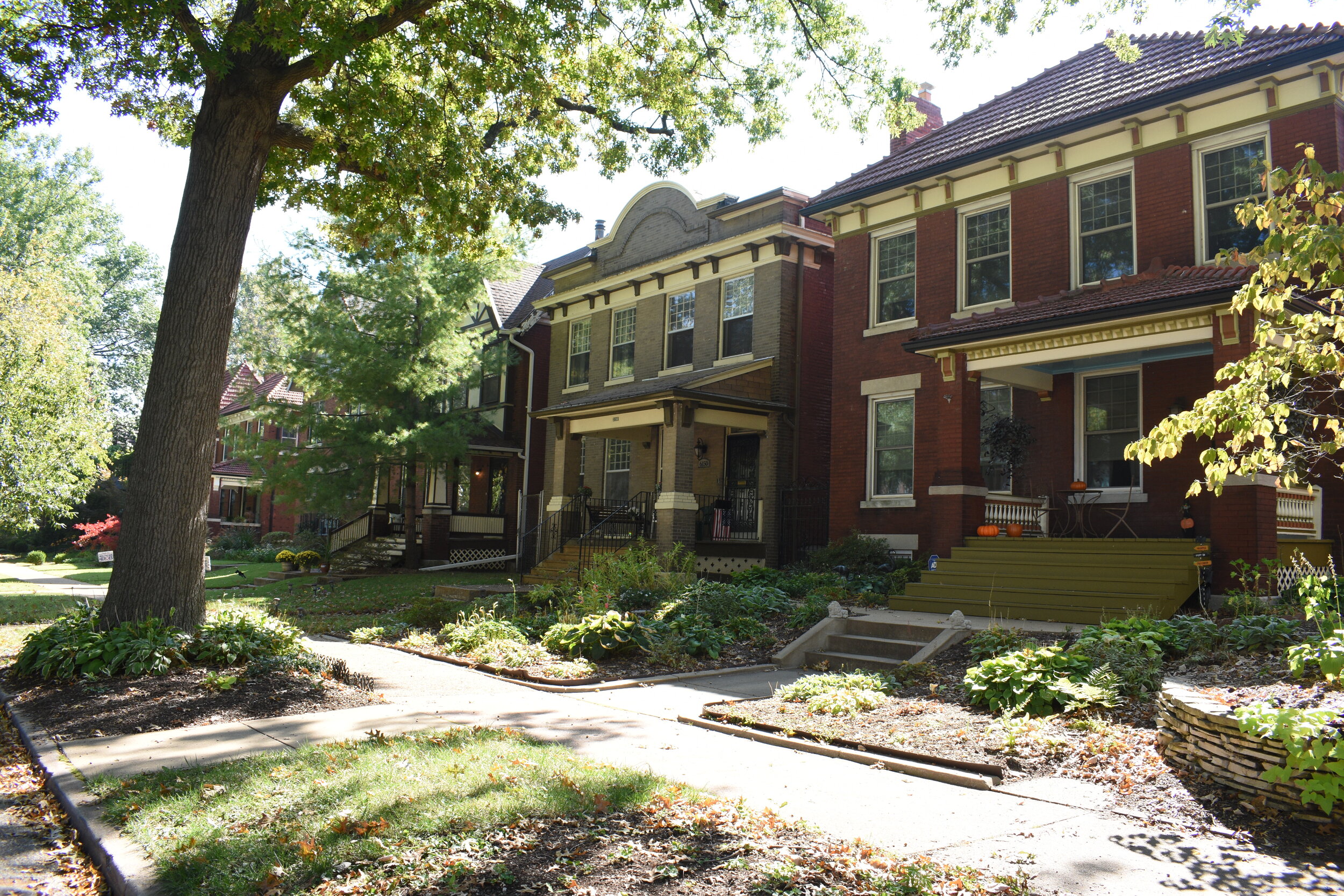The Skinker Debaliviere neighborhood is located south of Delmar, north of Forsyth/Lindell, west of DeBaliviere and east of the city limits.
Skinker Debaliviere lost 3% of its residents from 1990-2000 when 4,505 people were counted. 50% black, 42% white, 5% Asian and 2% Hispanic/Latino. 2,348 total housing units were in existence as of 2000, with a dynamite 90% occupancy rate, 41% of which is owner occupied, 59% rental. Unfortunately the 2010 census data revealed another 10% loss with racial shift occurring: 50% white, 38% black, 9% Asian and 3% Hispanic/Latino. The 2020 data showed a slowing of the residential loss where 3,849 people were counted, down ~6%. Racial shifts where the neighborhood is currently 49% white, 29% Black, 13% Asian and 4% Hispanic/Latino. Total housing units dropped by 55, but occupancy remains very high at 88%.

This is one of the greatest neighborhoods in St. Louis. Why? Well, it abuts Forest Park one of America's greatest urban parks. Then you have the mansions along Lindell Boulevard. The Metrolink blue and red lines converge here with an underground stop at Forest Park Parkway and Skinker. The East Loop is on your doorstep as is the Washington University Danforth Campus on the city/suburban line. It's really a beautiful, very urban, walkable neighborhood. There's a lot to like here. And with the news of a potential grocery/farmer's market right by the Delmar Metrolink stop on the red line (technically in the West End neighborhood), the sky is the limit for Skinker DeBaliviere. This is one of the St. Louis neighborhoods that make you feel like you're in a big city. There are scooters, bikers, walkers everywhere. It's a vibrant place. There is a small branch of the St. Louis Public Library called Charing Cross right along Skinker.
I'm not alone in lauding the pluses of what some call "Skinky-D". Here's a note from the neighborhood website:
Skinker DeBaliviere has a history that is as deeply rooted in the St. Louis legend as the 1904 World's Fair, an event that spurred the rapid development of the institutions and homes in the area. Today, the neighborhood continues to be one of the most vital and livable neighborhoods in the metropolitan area, due in part to the dedication of it's residents and institutions.
A major attraction for homeowners is the great diversity of housing in Skinker DeBaliviere. Ranging from historic single-family homes on quiet private and public streets, to newly constructed town homes in Kingsbury Square, to gracious two-family flats and apartment buildings, the neighborhood offers a wide selection of housing options. Nearly all homes include spacious rooms, and most are ornamented with the exquisitely detailed millwork, art glass and fireplace mantles of the early 20th century style. This traditional architectural beauty, along with a gracious yet thoroughly modern lifestyle, has not only kept many families happily anchored in the neighborhood for generations, but has resulted in the return of several second and third generation Skinker DeBaliviere families who had previously moved away.
The neighborhood was designated a Local Historic District by the City of St. Louis in 1978, and the private subdivision of Parkview is listed in the National Register of Historic Places.
If there are downsides to Skinker Debaliviere it's the excruciatingly frustrating one way and intentionally blocked off streets. It's nearly impossible to navigate your way around this neighborhood in a car. But the pluses far outweigh the negatives (street closing can be reversed right?).
Let's start with the mansions along Lindell. There are classics:















To the more contemporary:



Most of the streets in Skinker-Debaliviere have mature trees and nice shaded streets with lots of pedestrian activity on the sidewalks. Here are some of the typical homes you'll see in throughout the neighborhood:




















There is a rather unique late 1980s era development called Kingsbury Square off of Debaliviere that looks like a suburban enclave right in the middle of the city. The development in centered around a nice park:





It's like a little Mayberry U.S.A. scene that seems to contradict the rest of the neighborhood, but somehow sets itself apart as a nice option for city living with a small town feel.
So the housing stock is top notch, what about rental property? Some of the nicest in apartment buildings in the city:








Obviously there are some great properties in this neighborhood. There's also a lot to do within walking distance. You can walk to the Metrolink stop at Forest Park Pkwy/Skinker after a nice cup of joe:

Stop by the library:

Take a leisurely stroll through the neighborhood on a pedestrian cut-thru:

Lots of restaurants and retail on Delmar:











The fun, urban streetscape of Delmar is dealt a distasteful blow right at DeBaliviere Ave where Metro built what amounts to a city block length brick wall. There is a classy older building right at the corner, but the poor design of the maintenance building shuts off the potential for any interest from the sidewalk/street.
The Pulaski Bank on DeBaliviere is one of my favorite banks in the city; and it's a proud reminder of the thought and care that went into designing this neighborhood:








Unfortunately, there are some butt ugly contemporary strip malls that have done their best to cheapen the look of the neighborhood along DeBaliviere:

And, I'll leave you with a truly original place: Joe's Cafe, a private club for art lovers and traditional music:

















Skinker Debaliviere is another example of St. Louis' unique and vibrant neighborhoods.
***In August, 2021 I revisited the neighborhood and the following includes updated commentary and photos.***
I know and respect a couple people who are active in the St. Louis urbanism circles living in Skinker DeBaliviere: Richard Bose and Tony Nipert. Richard is the interim senior editor of NextSTL, one of my favorite websites, and Tony is a contributing author on NextSTL and Arch City Redemption. Between them they have over 20 years of experience in the neighborhood. We met at Greg Freeman park to chat about their perspectives on what is happening in the neighborhood. Some of their takes are sprinkled into the updates herein.
Misses On Original Tour
This is a fascinating place, one with a Bohemian, liberal, activist history, likely due to its proximity to Washington University. I read an article from the St. Louis Beacon that “Skinker DeBaliviere became racially integrated in 1964, and unlike many other St. Louis area neighborhoods, it has remained racially and socio-economically diverse.”
When asking Richard and Tony about the significance of 1964 and what changed, Tony cited an entry in Celebrating Skinker-DeBaliviere, published in 2009: “In 1963, Skinker DeBaliviere began to draw a course that no previous neighborhood had followed. The first African-American residents had a path to buy homes in the neighborhood.” Obviously, the neighborhood was integrated by the 1960s, but Black residents were primarily renters only.
I’d like to learn more about this and may follow this tidbit for a future post. For whatever reason, I feel like this is a place that feels different from the rest of St. Louis…important in a unique way. I can’t put my finger on it, but I feel it. Hippies used to be here, Bohemian types, radicals whatever you want to say…I want to learn more.
When it comes to physical misses, I did not include some significant buildings including firehouse No. 30, Hamilton Elementary, St. Roch’s parish and other churches, including a former synagogue on DeBaliviere that was converted to a Baptist church, and now (I believe) is vacant.
I also missed the St. Louis walk of fame, which extends into the East Loop.
Richard and Tony pointed out that Des Peres Avenue seems to be somewhat of a dividing line when it comes to investment and architectural continuity. You can look at the map and see it, and I agreed after riding the neighborhood. Another interesting thing Richard pointed out is that the neighborhood has no Land Reutilization Authority properties, a rare distinction for neighborhoods in St. Louis.
I didn’t mention the three parks of Greg Freeman, Kingsbury Square and Lucier Park. See the Additional Reading section below for profiles on each park.
I also missed the Parkview subdivision, located west of Skinker forming the border between St. Louis and the suburb University City. It is on the National Register of Historic Places, and is quite beautiful. It reminds me of Compton Heights, and has some of the most beautiful tree-lined private streets and homes you will find in St. Louis.
I spoke to some kind residents doing fall yard work and chatted them up on the St. Louis vs. U-City aspects of the neighborhood and they turned me on to Limits Walk, the official boundary of St. Louis in these parts. It is a walkthrough path that marks the St. Louis border. Another charming distinction to note.
Noticeable Changes
A lot has changed, especially on DeBaliviere. The Loop Trolley was constructed, but has not been in operation for months. The former Pulaski Bank building was converted to apartments called the Dorze. Read more about this in the Additional Reading section.
A transit oriented development is underway just west of the Metrolink station. It is called the Expo, and is adding a massive urban mixed-use building, replacing a former surface parking lot and suburban strip mall. Construction has mysteriously stalled as of late, but the development has taken shape. You can see the impact. It looks like a big city vs. a low-valued suburb.
Richard and Tony spoke of a greater presence of Washington University students in the neighborhood, especially around the 6100 blocks of Waterman and Pershing. I returned to see where they were talking about, and sure enough, lots of young people, very international, lots of people who ride bikes and walk.
There are very few examples of vacant lots or infill throughout the inner-neighborhood but there is talk of a new buildings in the 5800 block of Washington.
Here’s an example of some new infill that seems to compliment this majestic place with a modern style.
The neighborhood has so many young people coupled with nearby entertainment areas like Forest Park and the Loop, there are lots of e-scooters around. There are even designated e-scooter parking spots, something I’d like to see throughout the city. I can get behind this.
Again, there are lots of people getting around on bikes. More so than almost any other place. I think it’s the college students from other places where cars are not the primary go-to. You see bike racks in front of many buildings.
What Are The Future Needs?
As a visitor, the streets need to be reopened and reconnected. It’s insanely frustrating to get around on a scooter or car, no biggie if you walk or ride a bike.
To the best of my knowledge, there are no speed humps in the neighborhood. These are more effective than street closures and should be considered.
Richard and Tony indicated a traffic study was recently conducted that will inform on the future measures taken by the neighborhood. Sure enough, there is an article in the Times of Skinker DeBaliviere (an excellent resource dating back to the 1970s) that highlights the goals of the study, including three phases with curb bump outs, crosswalks, speed humps and bike cut-throughs. Phase three caught my eye:
“Phase three is maybe possibly looking into to considering the impacts of conceivably perhaps at least studying removing some of the street blockages as well as an assessment of the performance of phase one and two improvements.” (source)
Notice the cautious language, this will be an uphill battle as St. Louis’ longtime residents like “private streets”, even though they are public entities.
Between Richard, Tony and I, we feel there is a need for intra-neighborhood business. The potential around the ‘Four Corners’ or Greg Freeman park, is high. It could be the heart of the neighborhood with the addition of a cafe, coffee shop or tavern. Somewhere to gather, you know?
The only operating intra-neighborhood business I spotted was a yoga studio. There are opportunities for more as some mixed use buildings exist, but know the neighborhood is largely residential.
Delmar and Skinker have the majority of businesses on the periphery and appear to meet the needs of the locals and visitors. One thing of note is a new marijuana dispensary in a former church on Delmar. I met one of the owners who was sweeping up the sidewalk, he was cool and I with them the best.
The eastern section of Delmar could use some infill as it is a bit sparse due to demolition over the years…lots of gaps.
Another glaring upgrade for the neighborhood would be the high profile southeast corner of Delmar and Skinker. This was a long shuttered suburban fast food joint. There are renewed talks of a multifamily building from an established developer, I remain hopeful.
Intra-neighborhood infill would be welcomed, including the site of the proposed Walker Townhomes (linked below in Additional Reading section). Per Richard, this has been an uphill battle to implement. Today, there are no immediate plans to develop these underutilized lots.
The good news for future developments is the neighborhood is working on a Form Based Code to guide development standards, leading to continuity and quality.
Lucier Park is an underwhelming space with huge potential. Richard wrote an article on this park and what it could/should be back in 2014 on NextSTL: https://nextstl.com/2014/04/lucier-park/ (Squarespace is not allowing me to embed links into this article. sorry for the long url).
I’d like to see the momentum on DeBaliviere spur more development to fill in the gaps, including a low value surface parking lot used by a private school across the street.
There is hope for continued improvement along DeBaliviere as the Winter Garden apartments were recently sold and pursuing a multi-million dollar upgrade. Richard detailed this on NextSTL: https://nextstl.com/2021/03/winter-garden-apartments-to-be-rehabbed/
Thanks to Richard and Tony for the perspective from engaged residents. If we could farm caring and thoughtful people like this, we’d have a bumper crop of future St. Louis people. This is a fantastic place to live.
Shannon and I keep dreaming about where we’ll move when the kids are in their next phases of life, this place is bumping toward the top of the list.
Here are a bunch of photos to show the sheer architectural beauty and spectacle that the built environment of St. Louis neighborhoods affords including single family and multiple family works of art.
Additional St. Louis City Talk Reading
1920'S Building Renovation At Waterman And DeBaliviere - December, 2018
Forest Park - DeBaliviere Metrolink TOD - December, 2018
Walker Townhomes - Skinker DeBaliviere Neighborhood - November, 2018
Robert Quine And His St. Louis Connection - April, 2018
The Loss Of An Urban Intersection At Skinker & Delmar - A Look At St. Louis In 1970 - March, 2018
Charing Cross Branch Of The St. Louis Public Library - February, 2016


